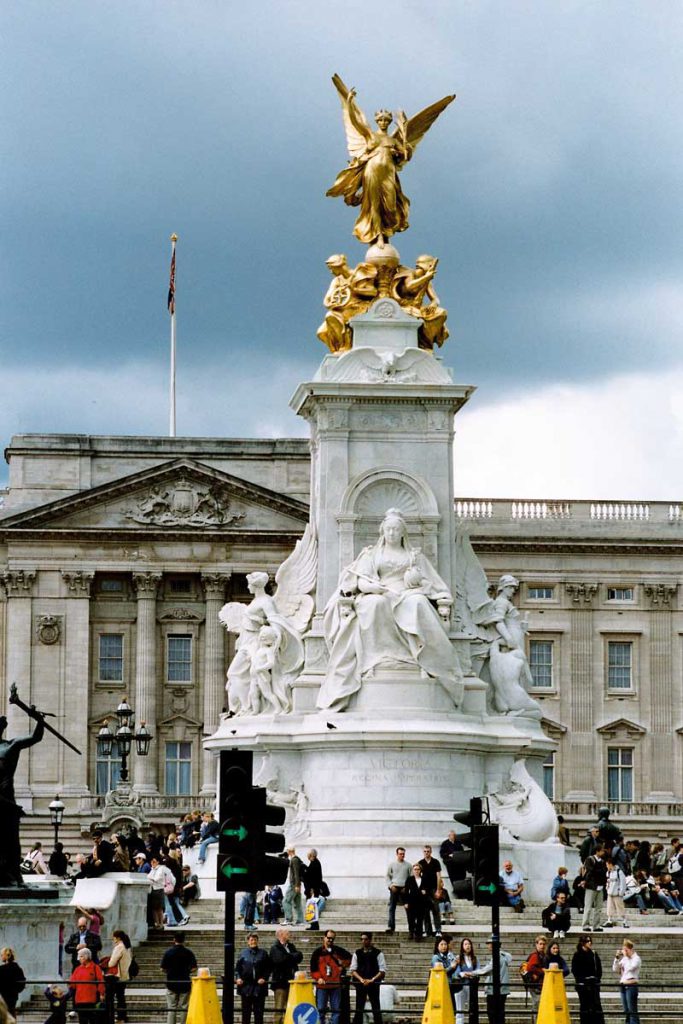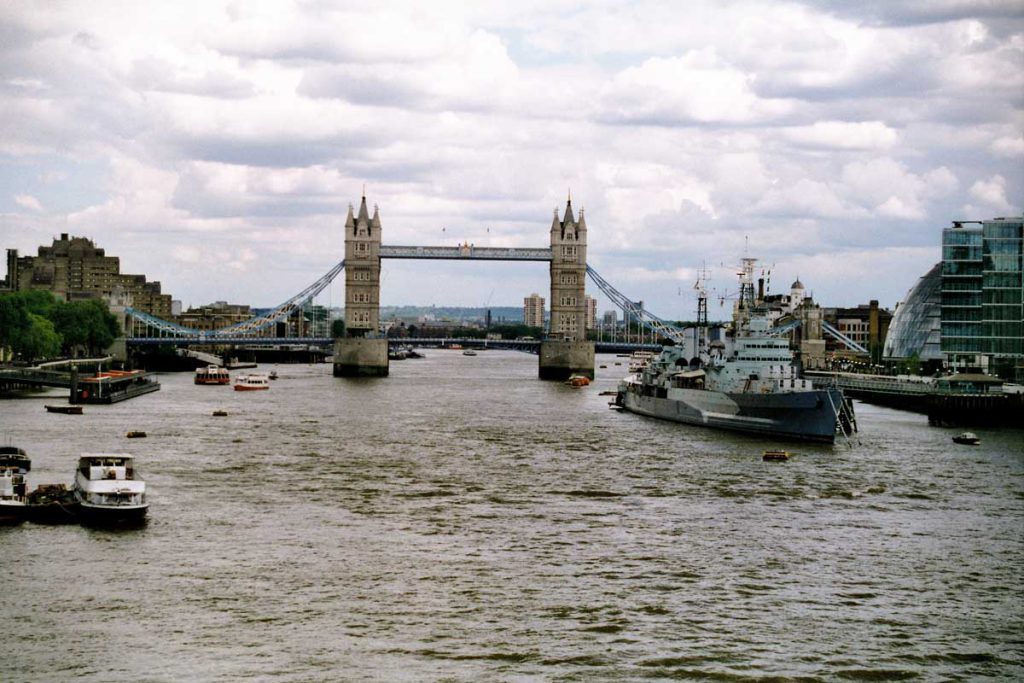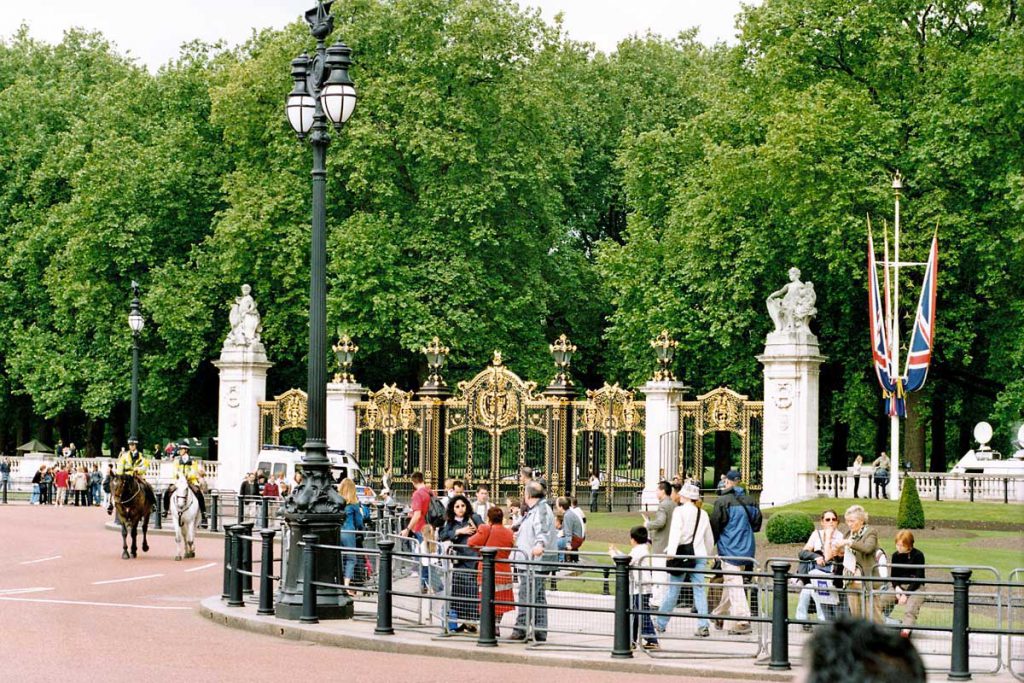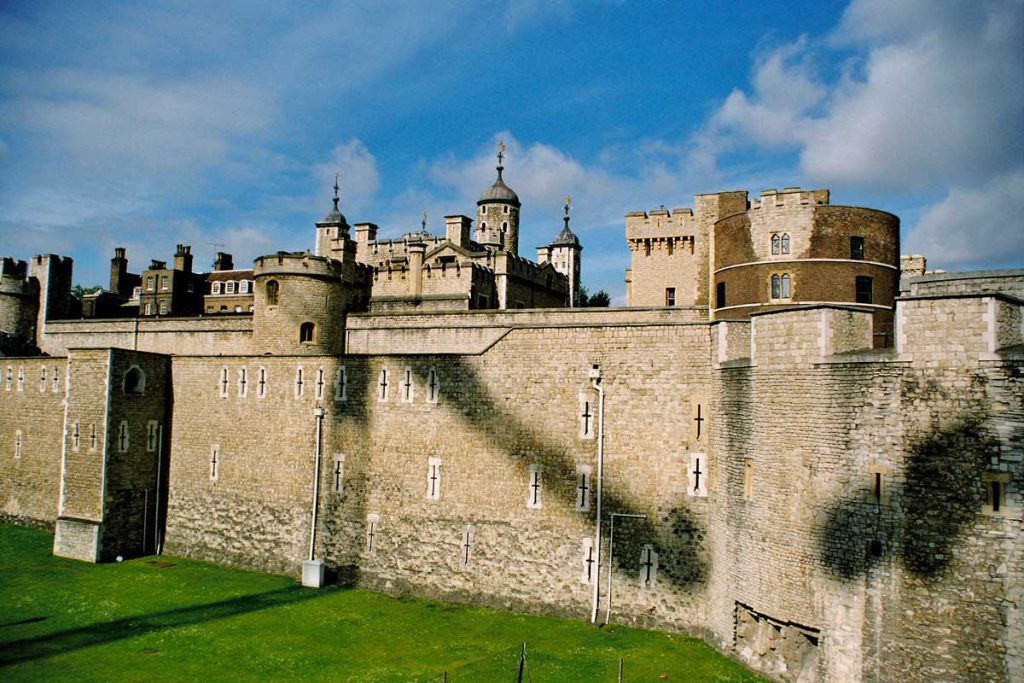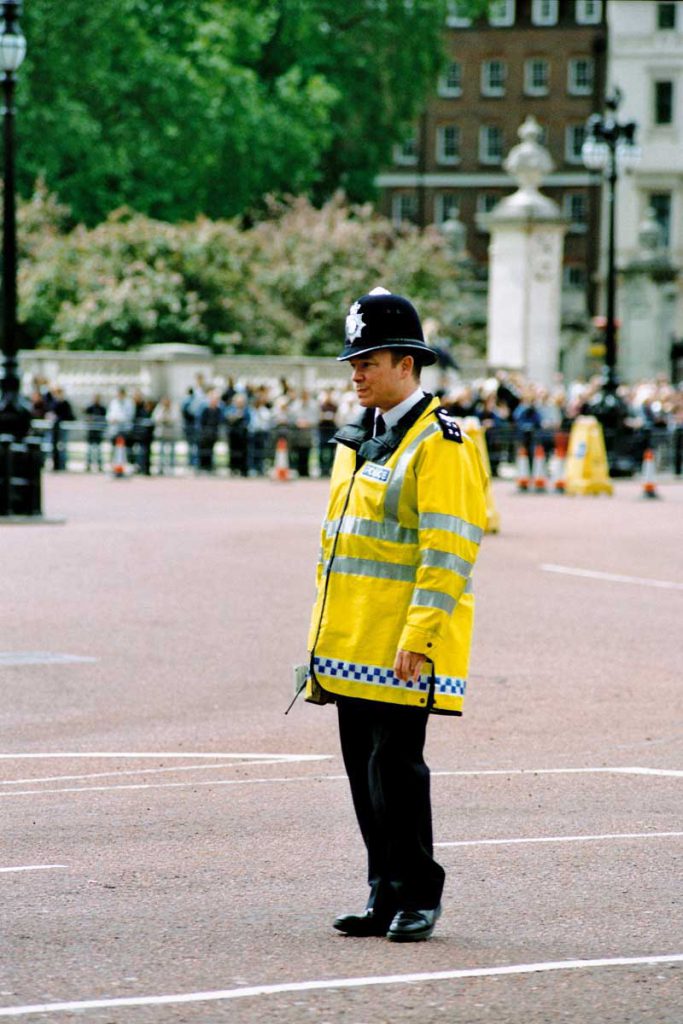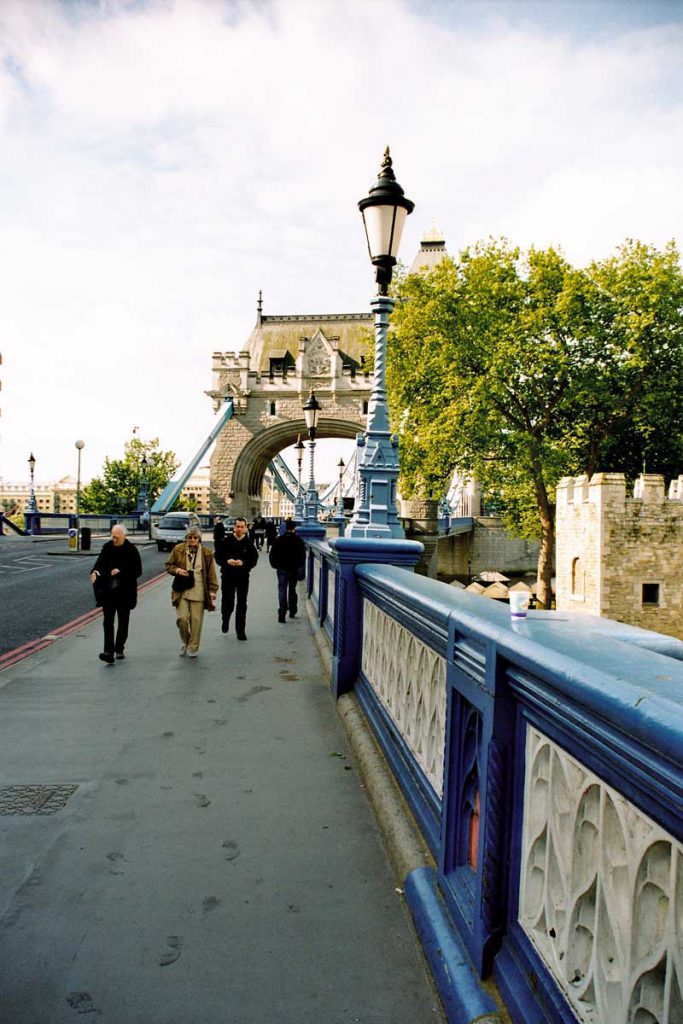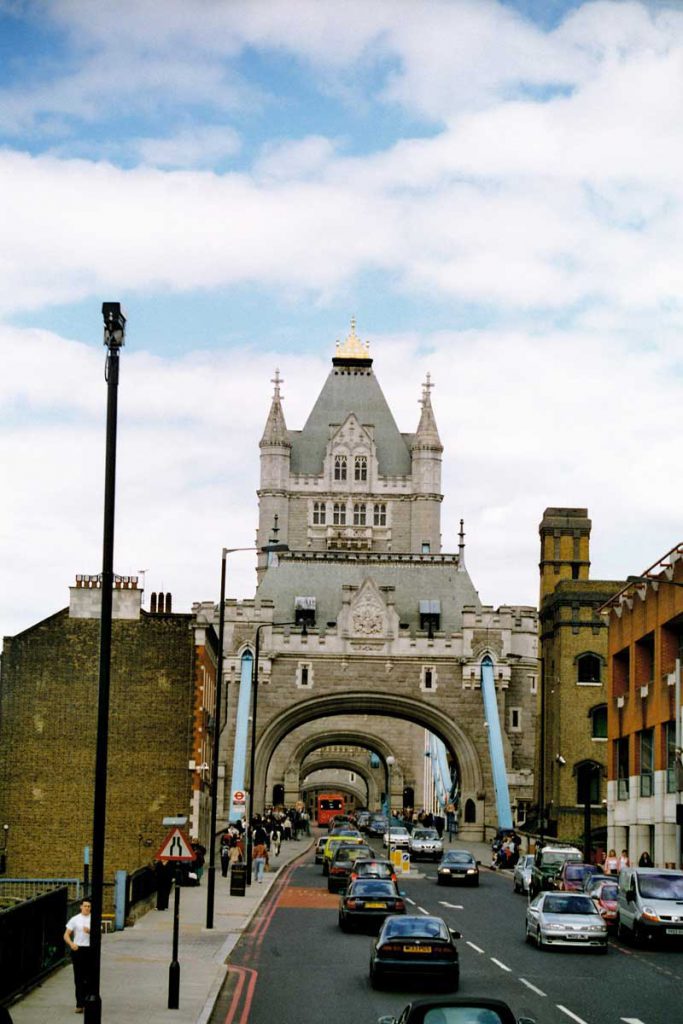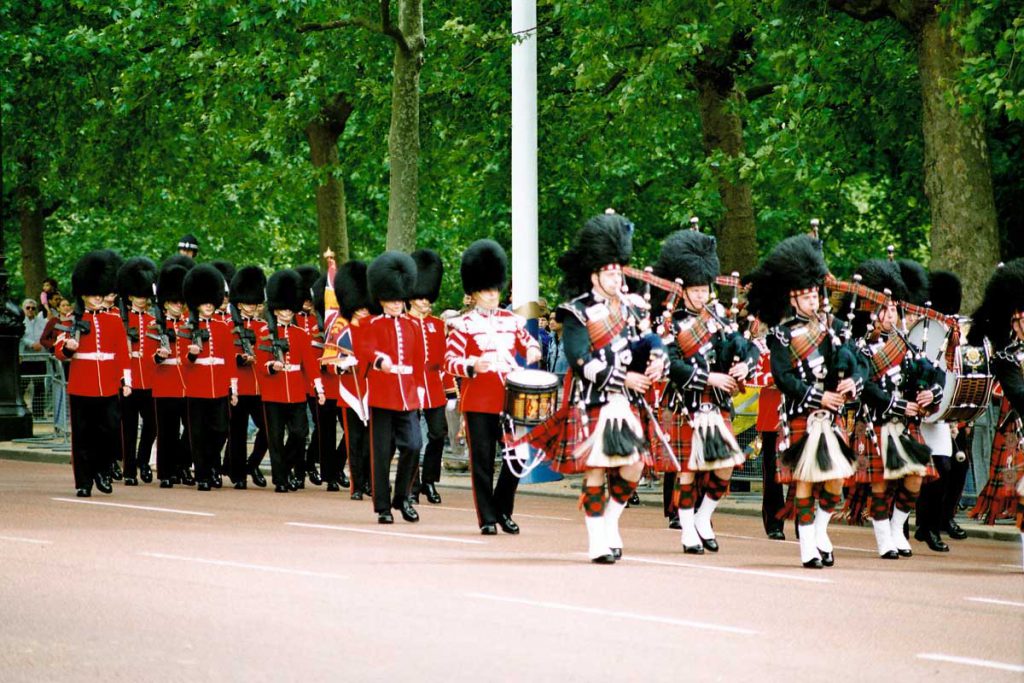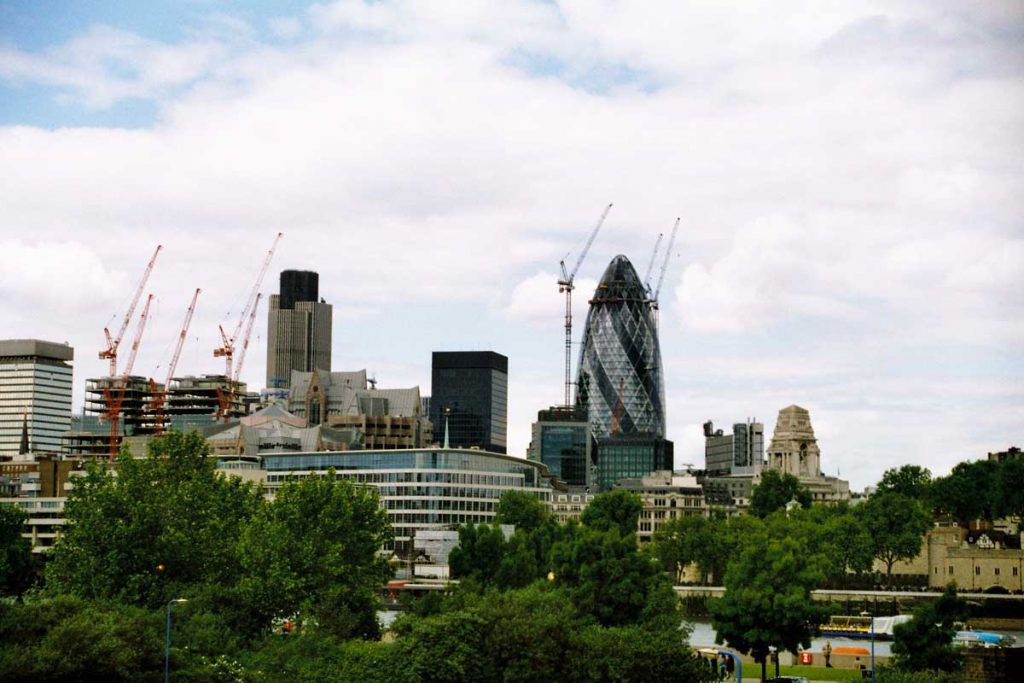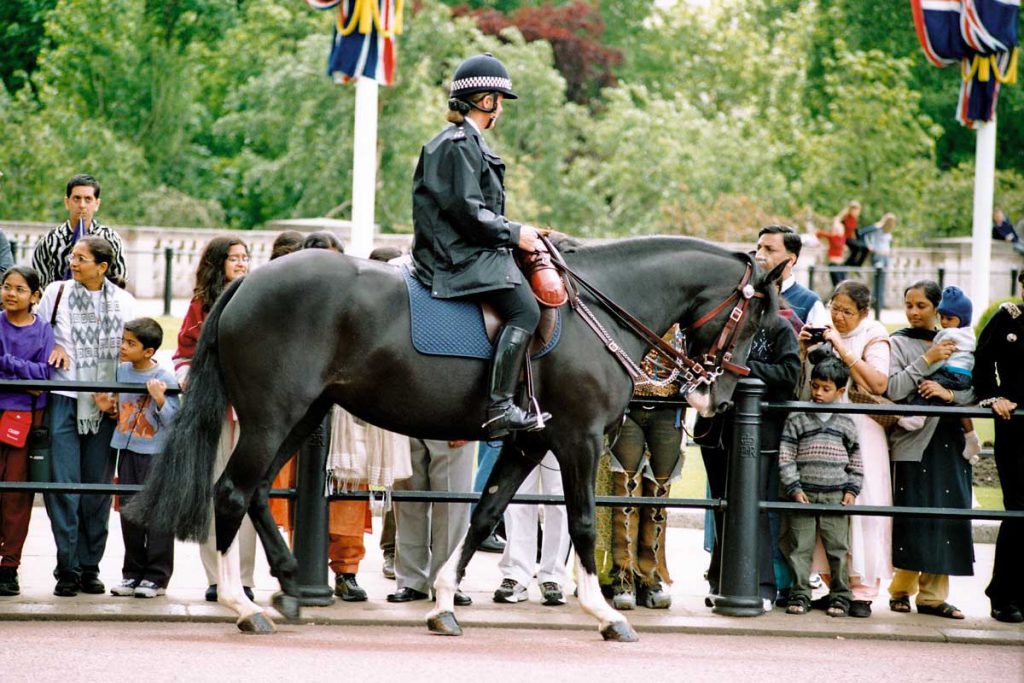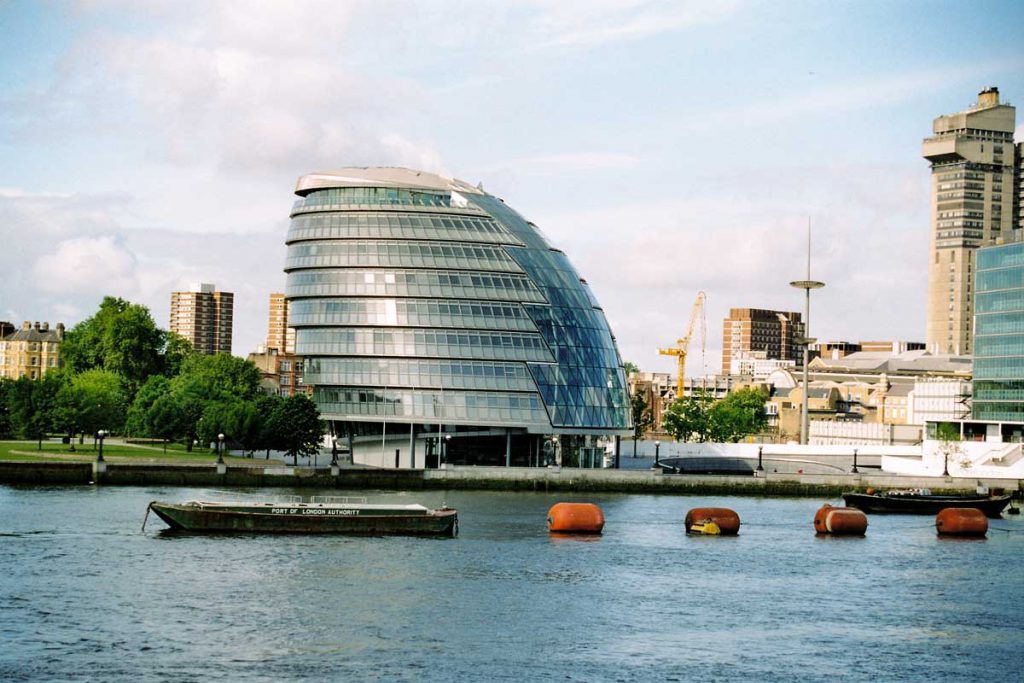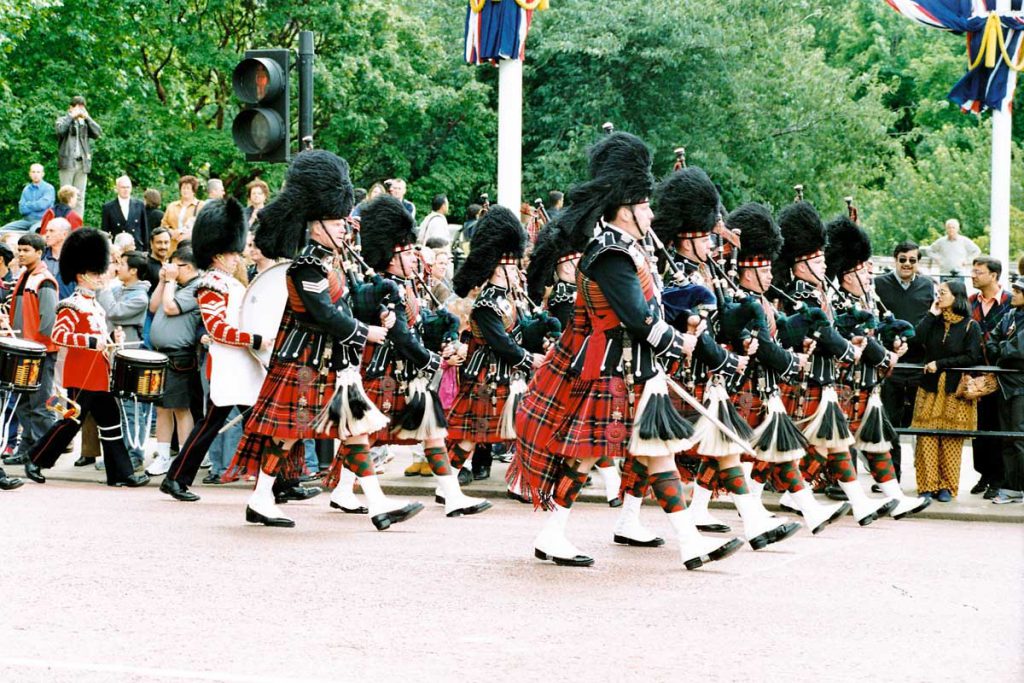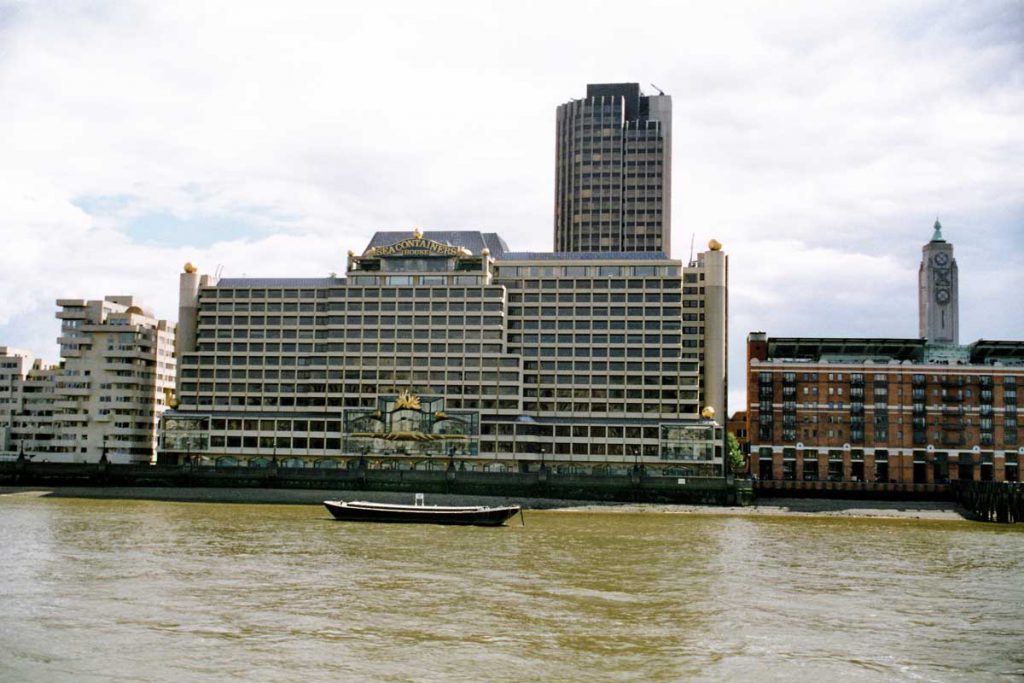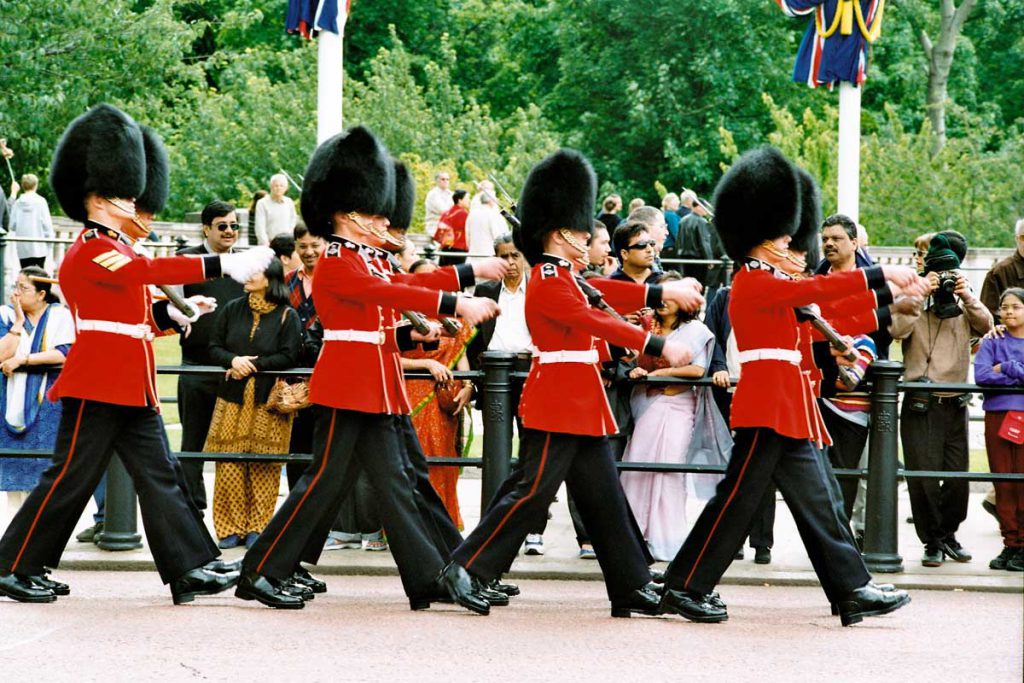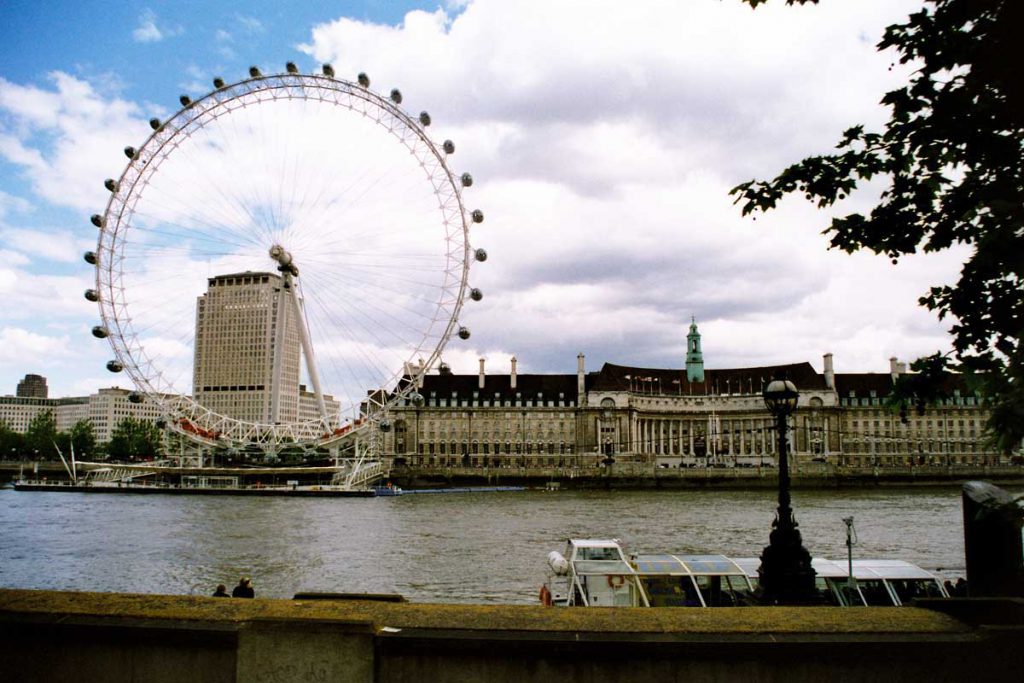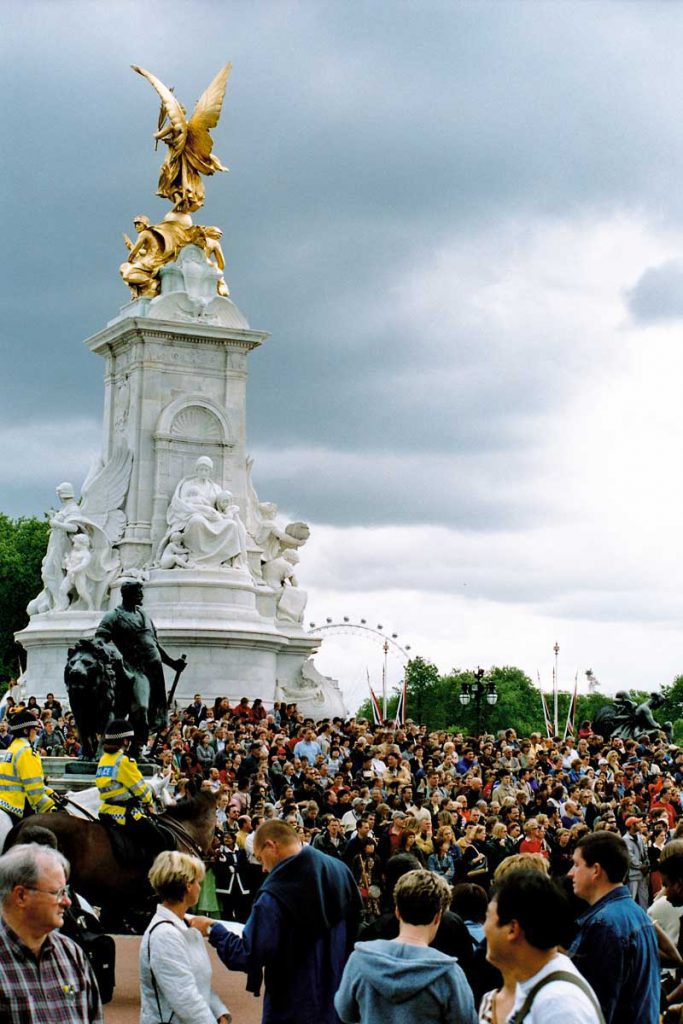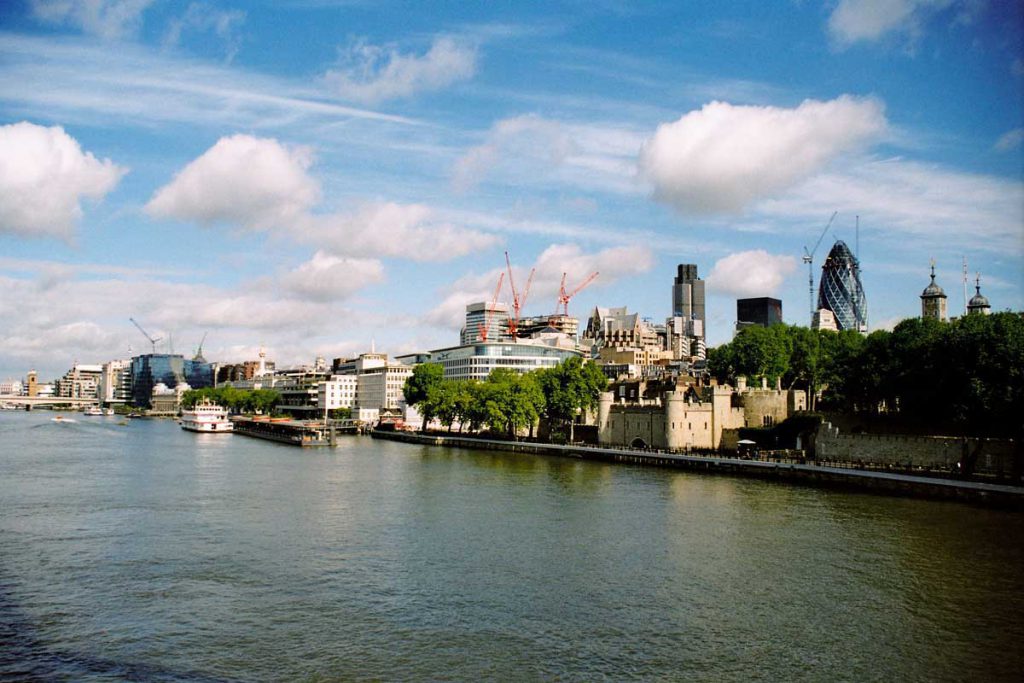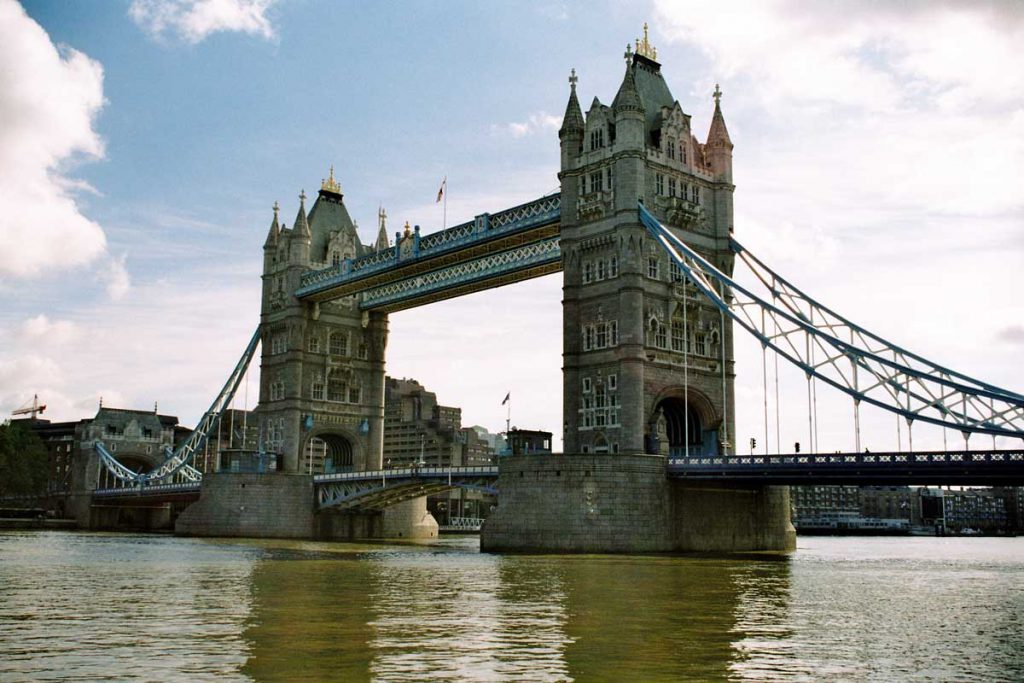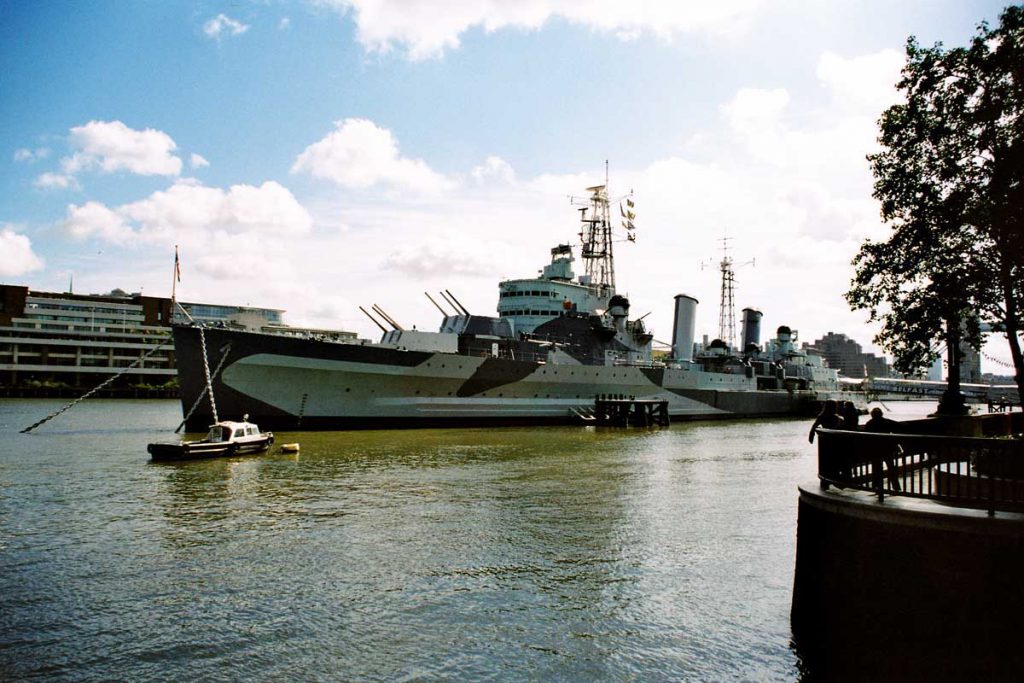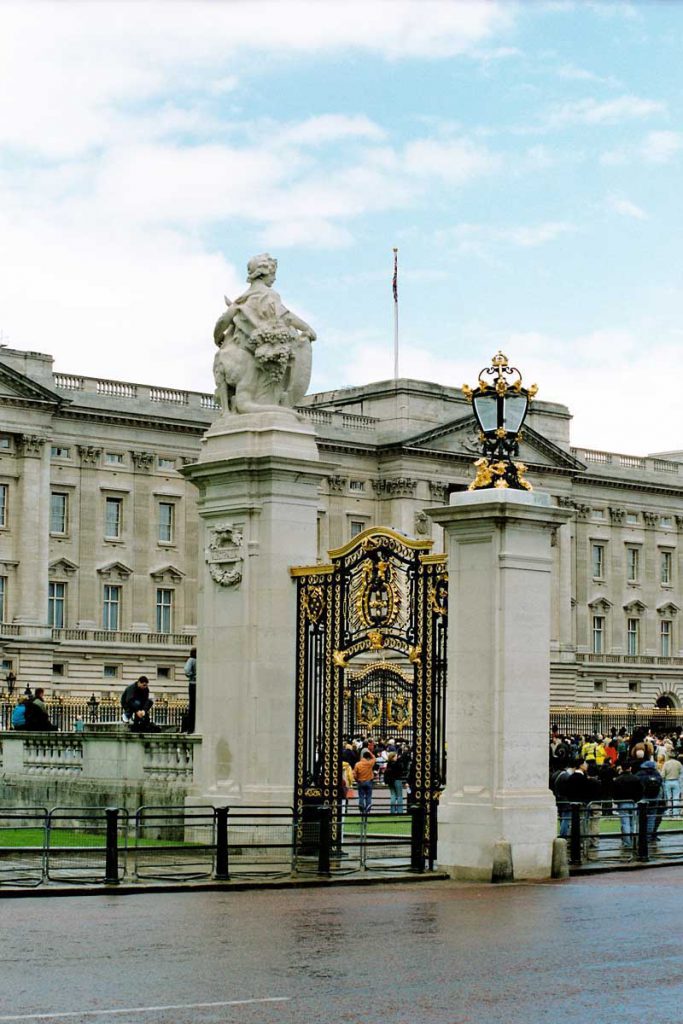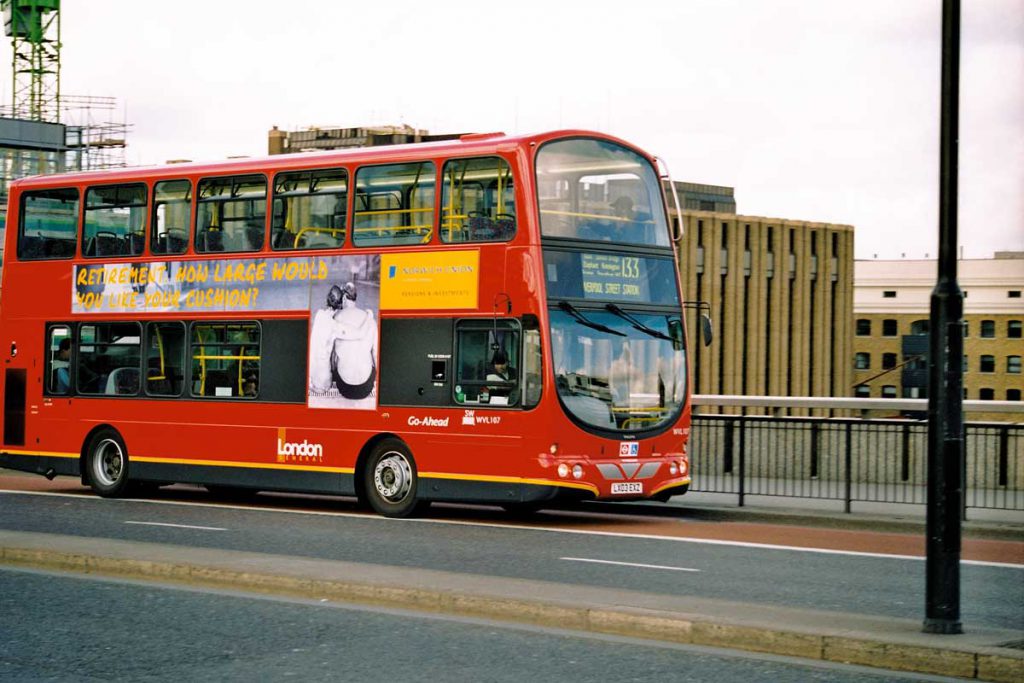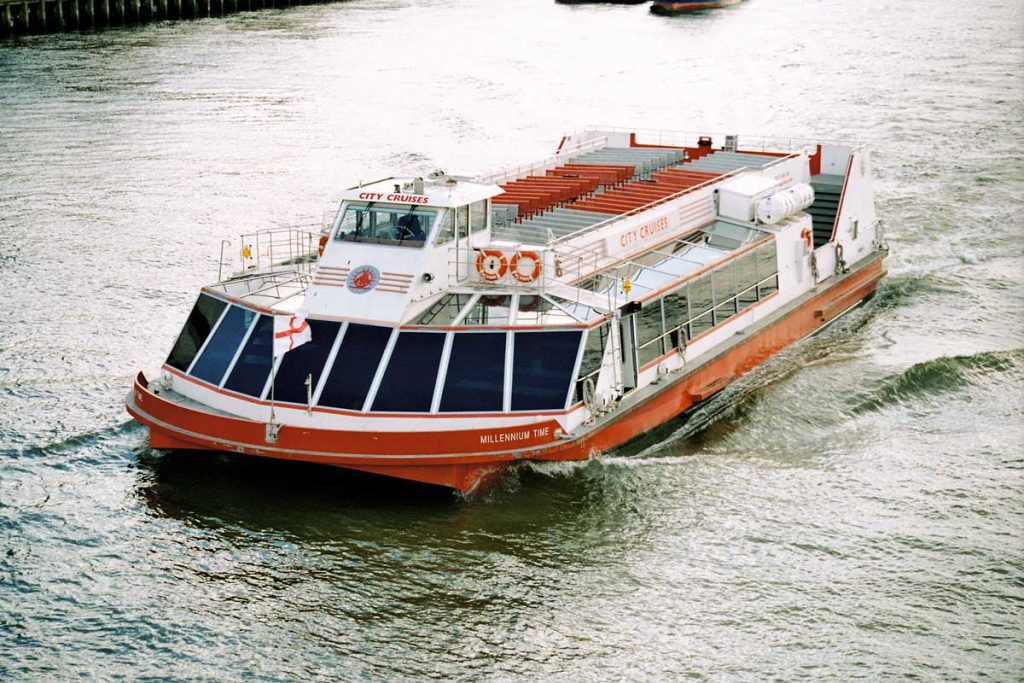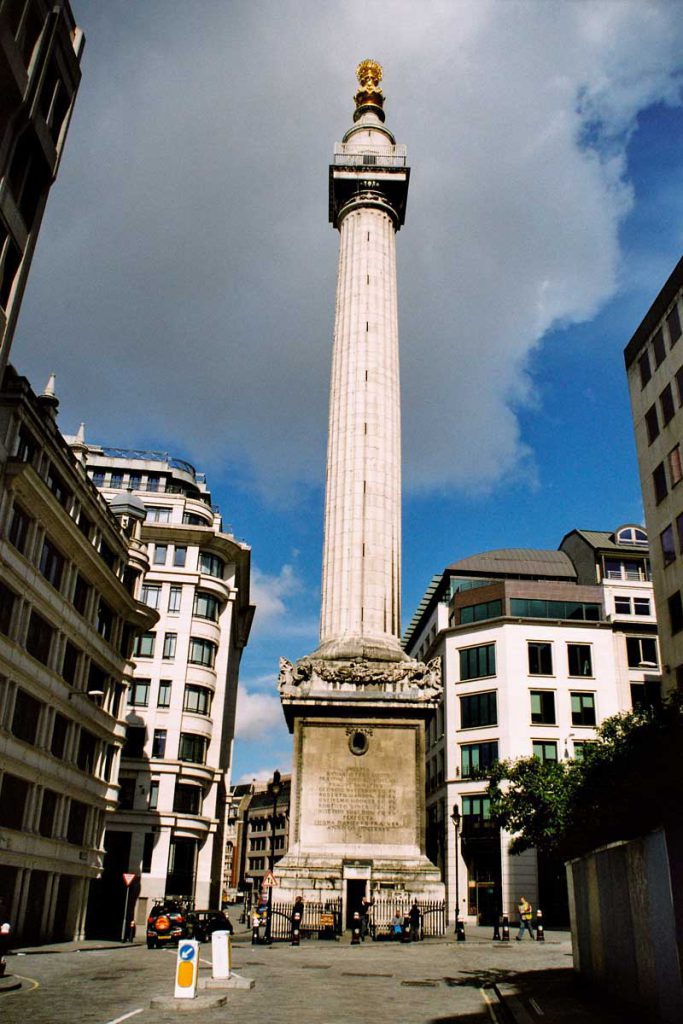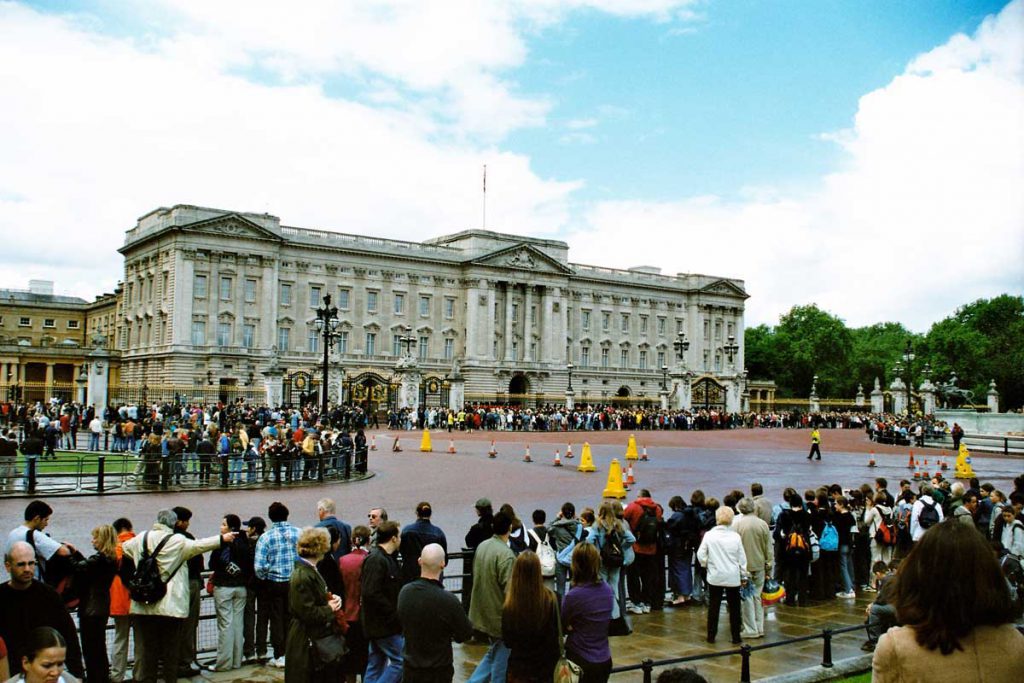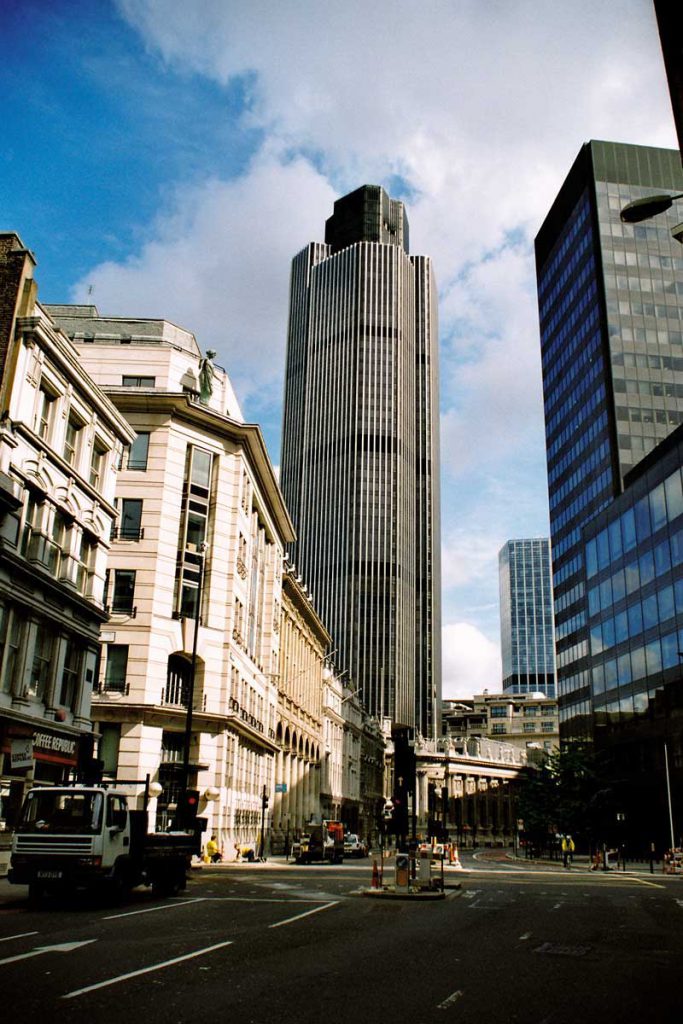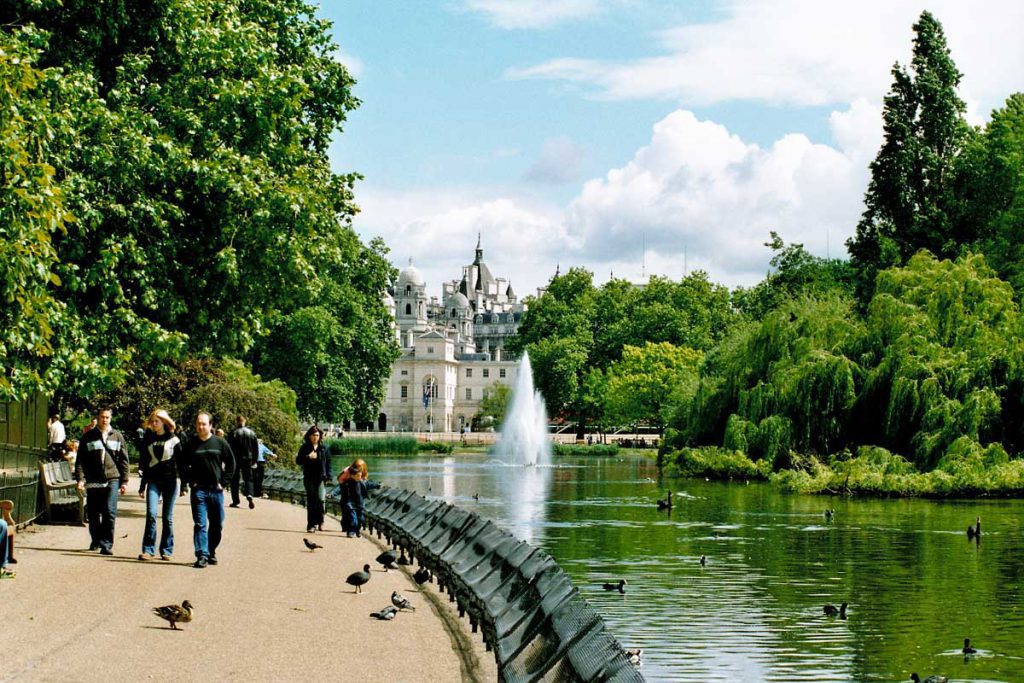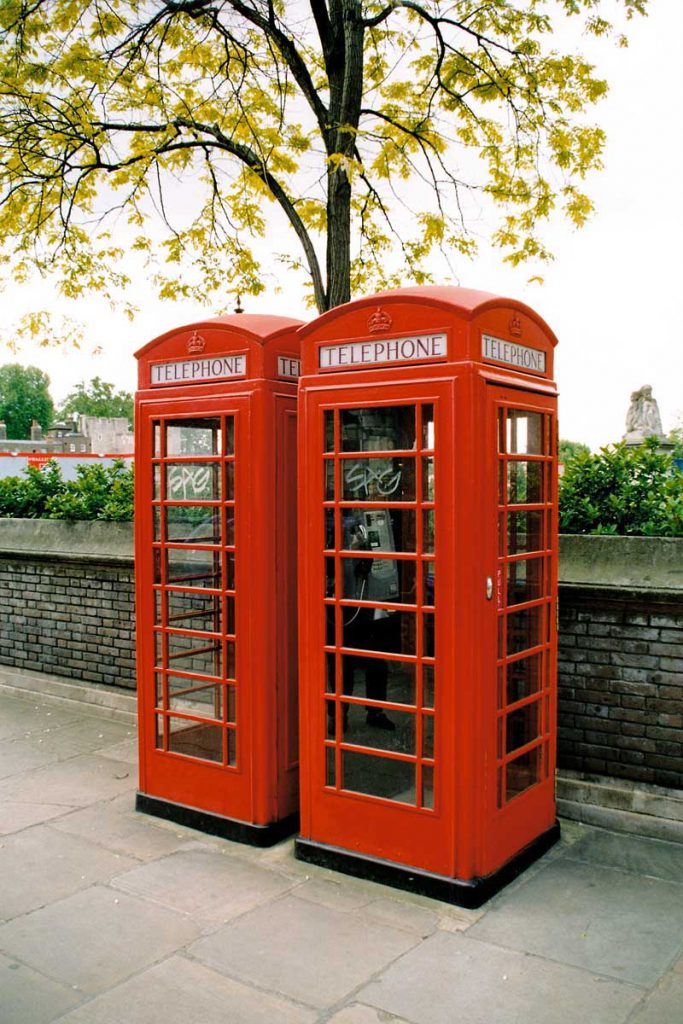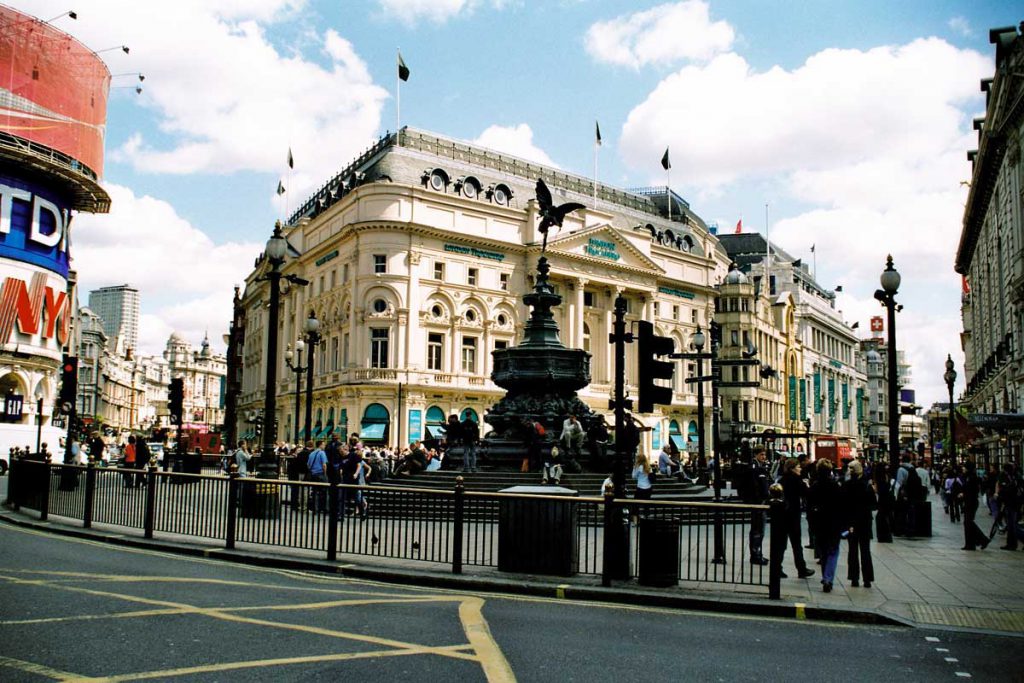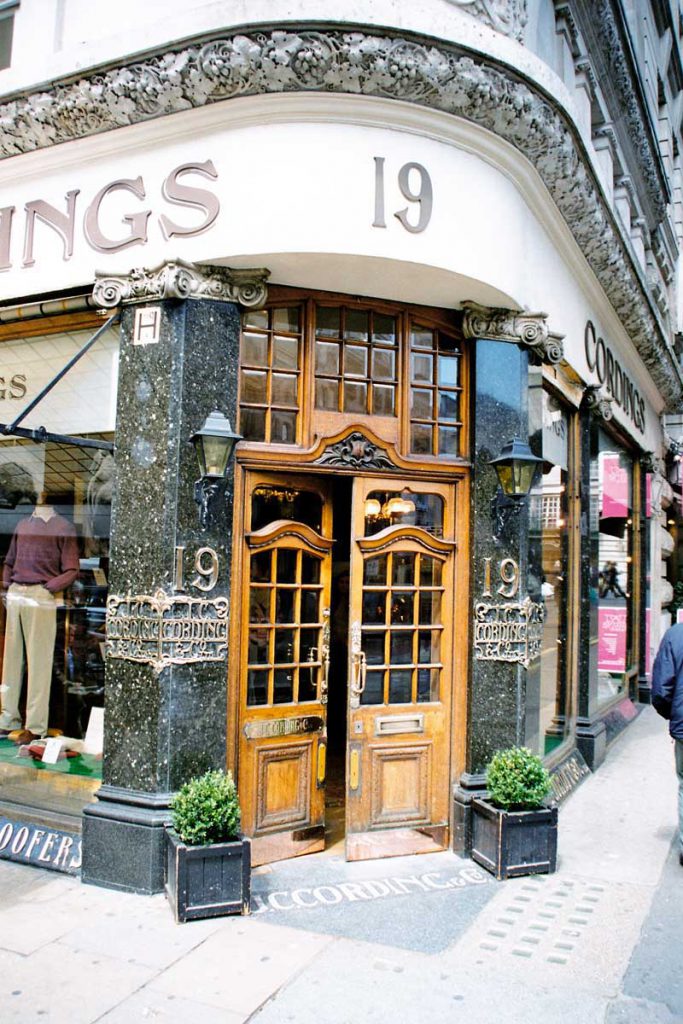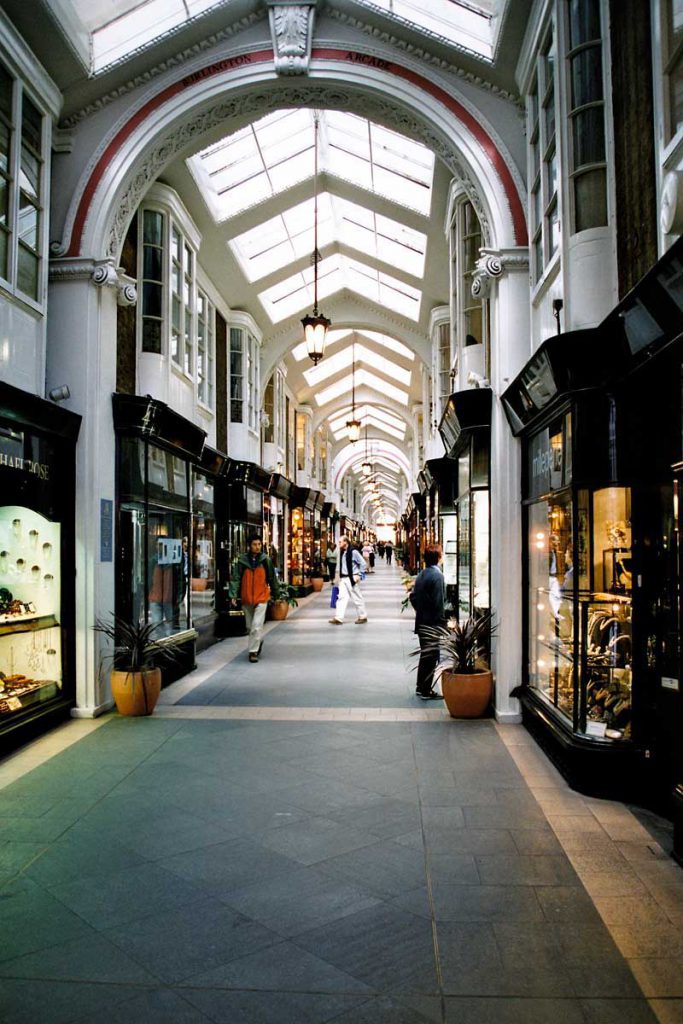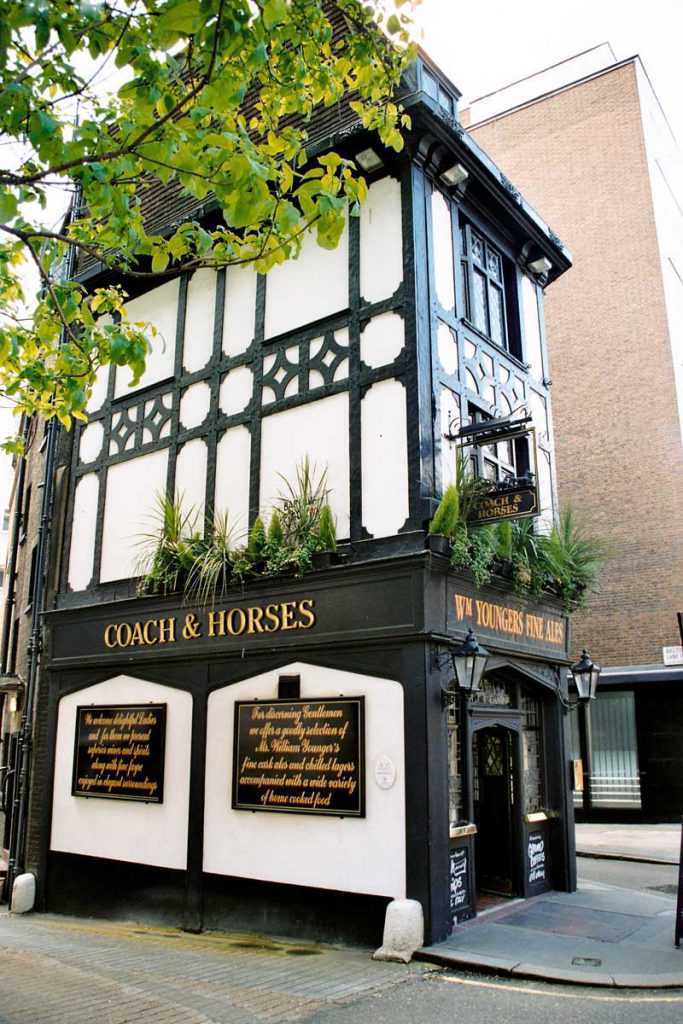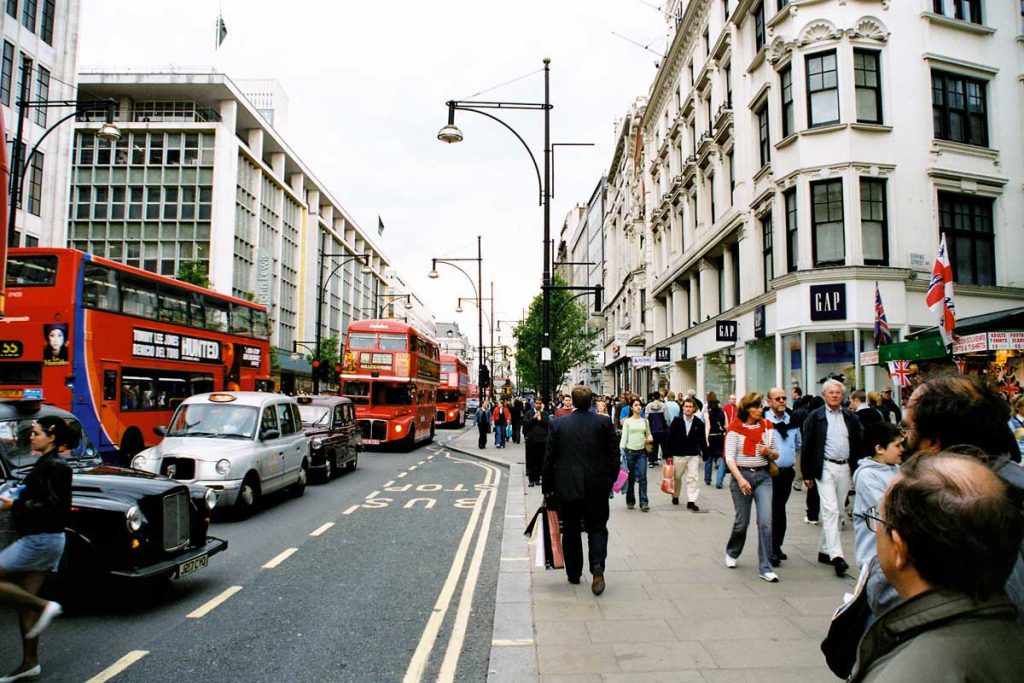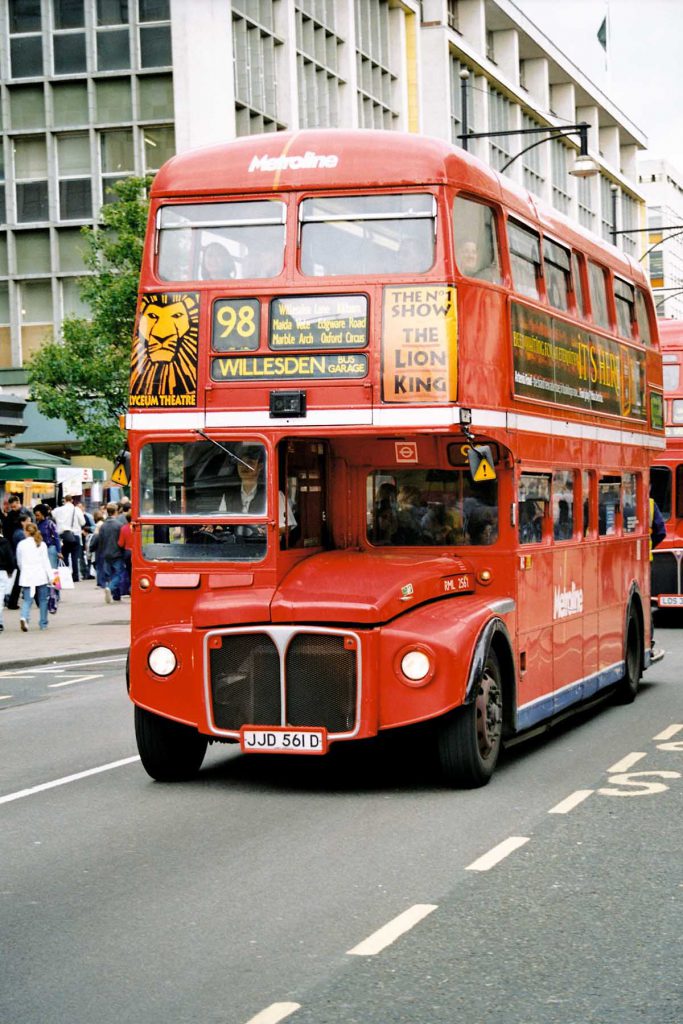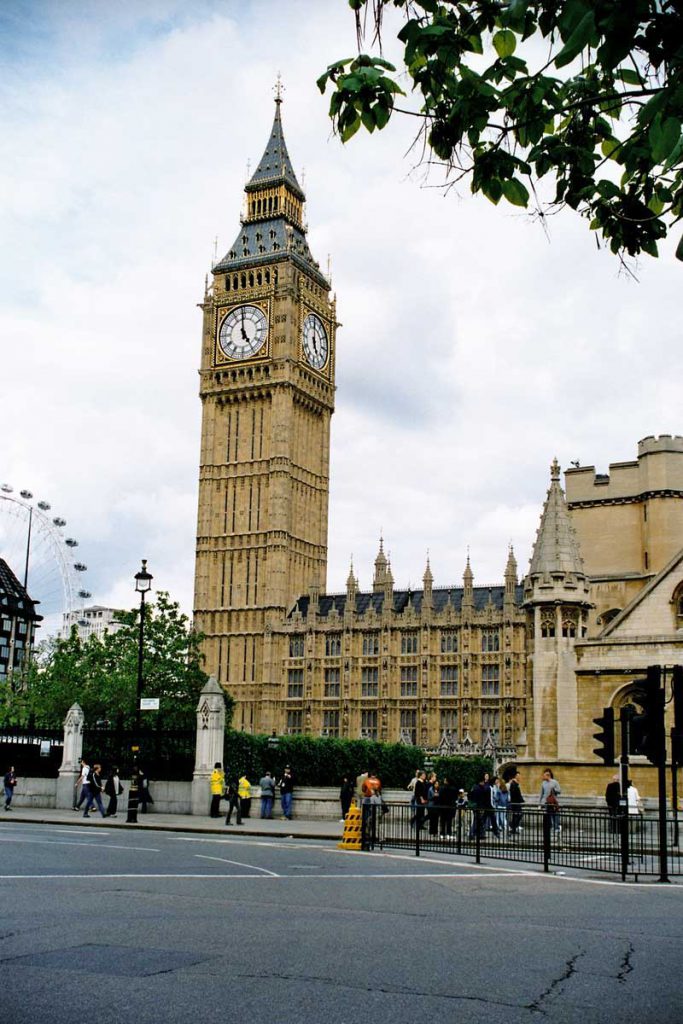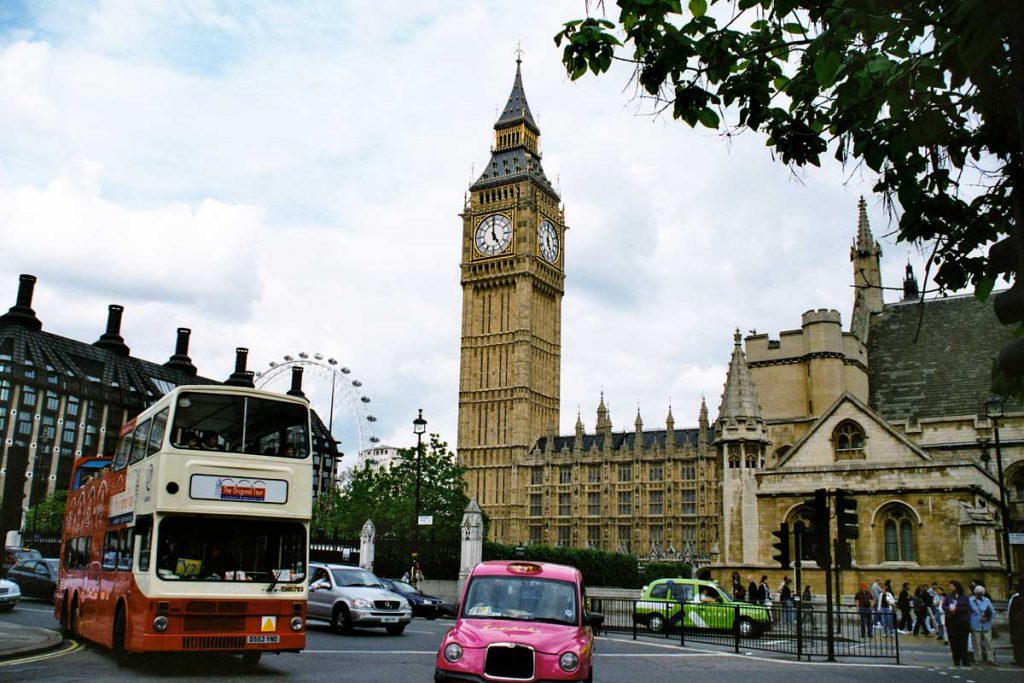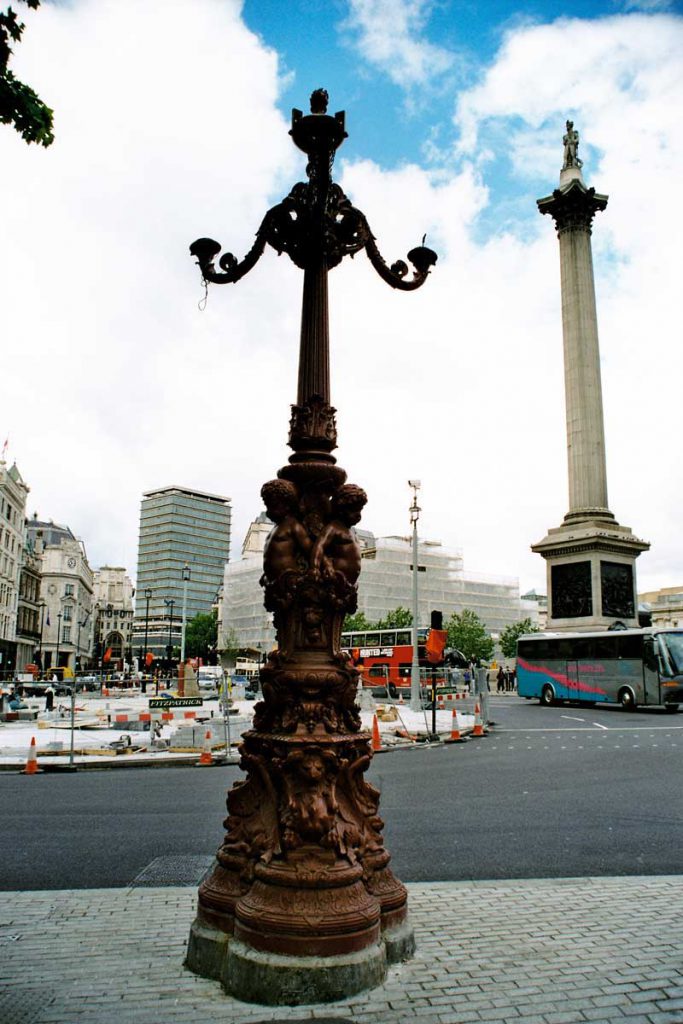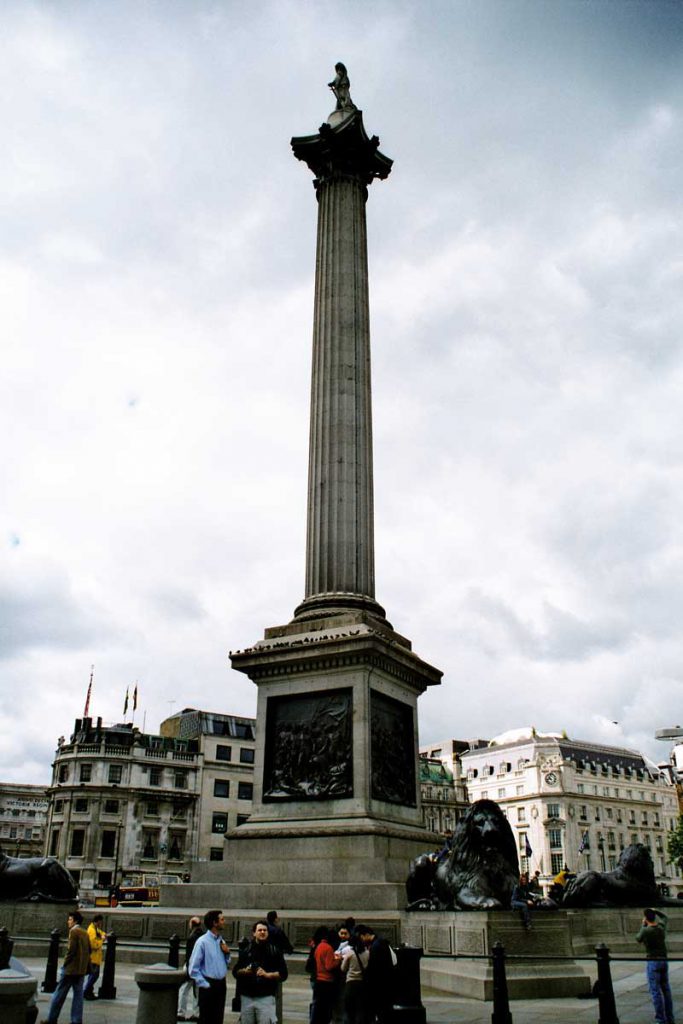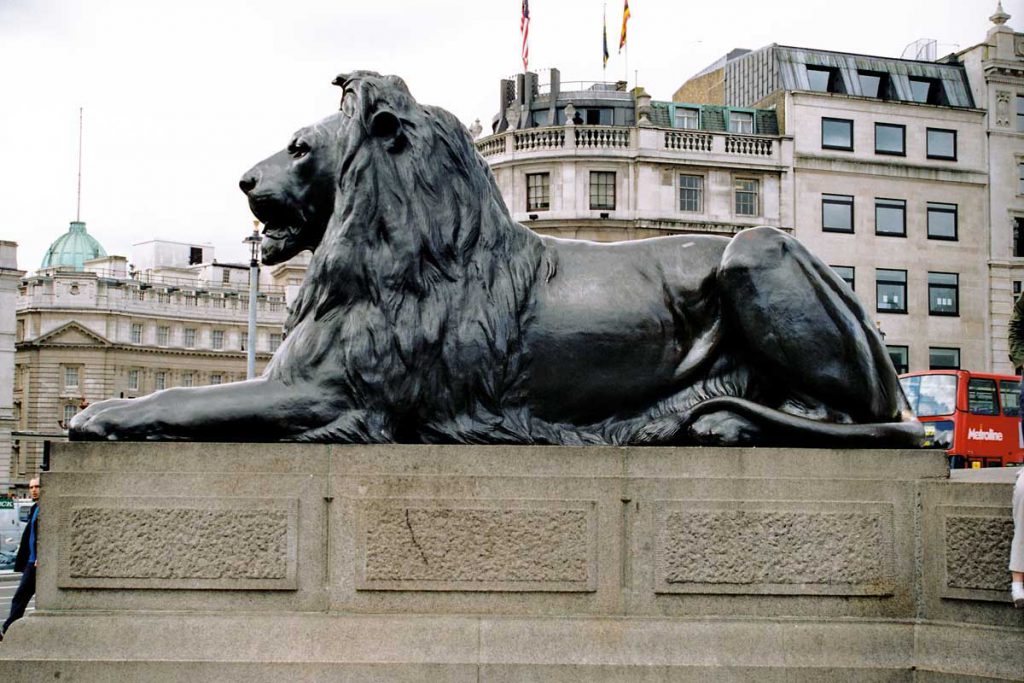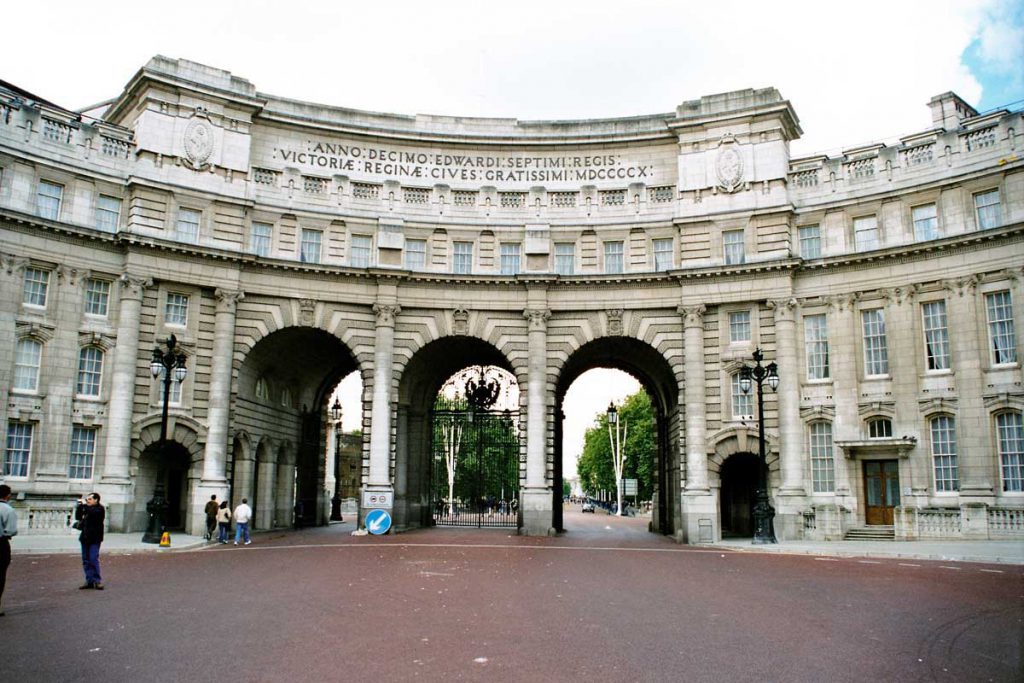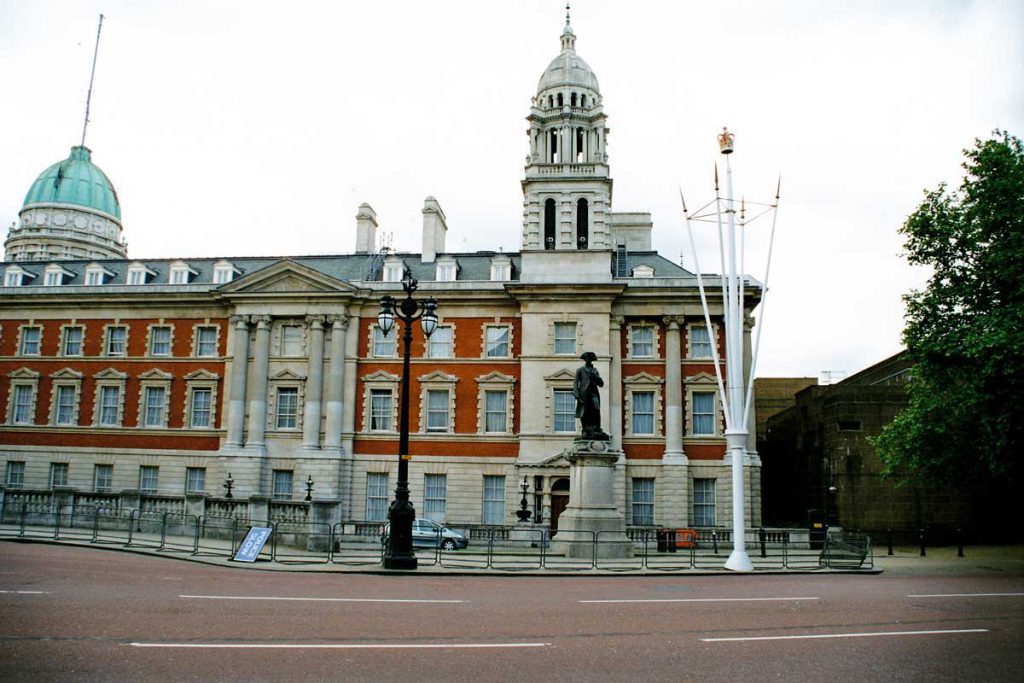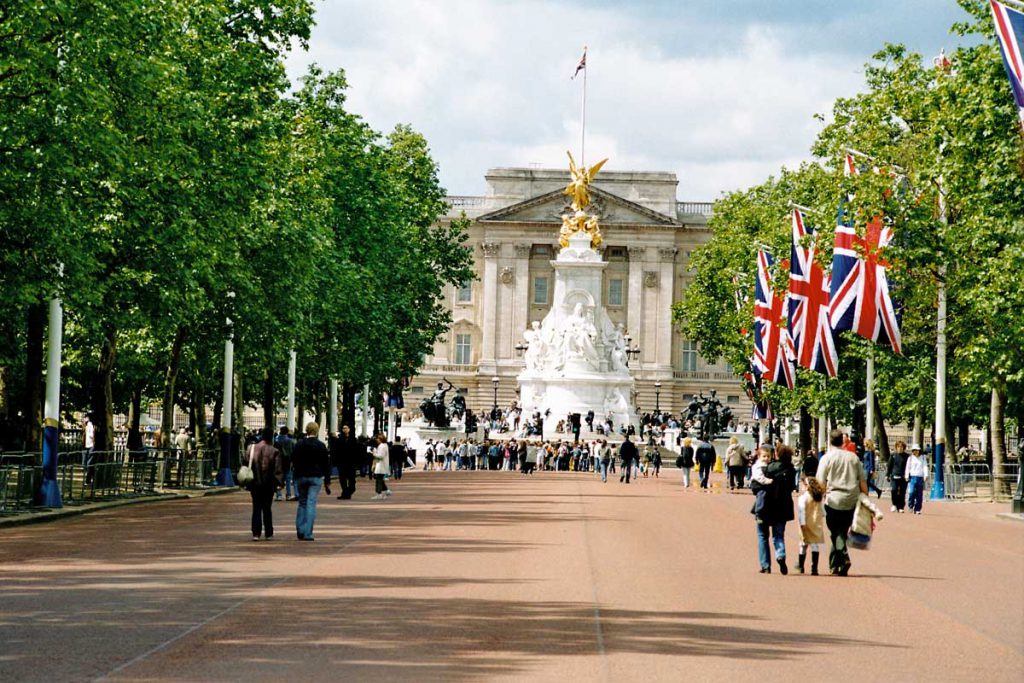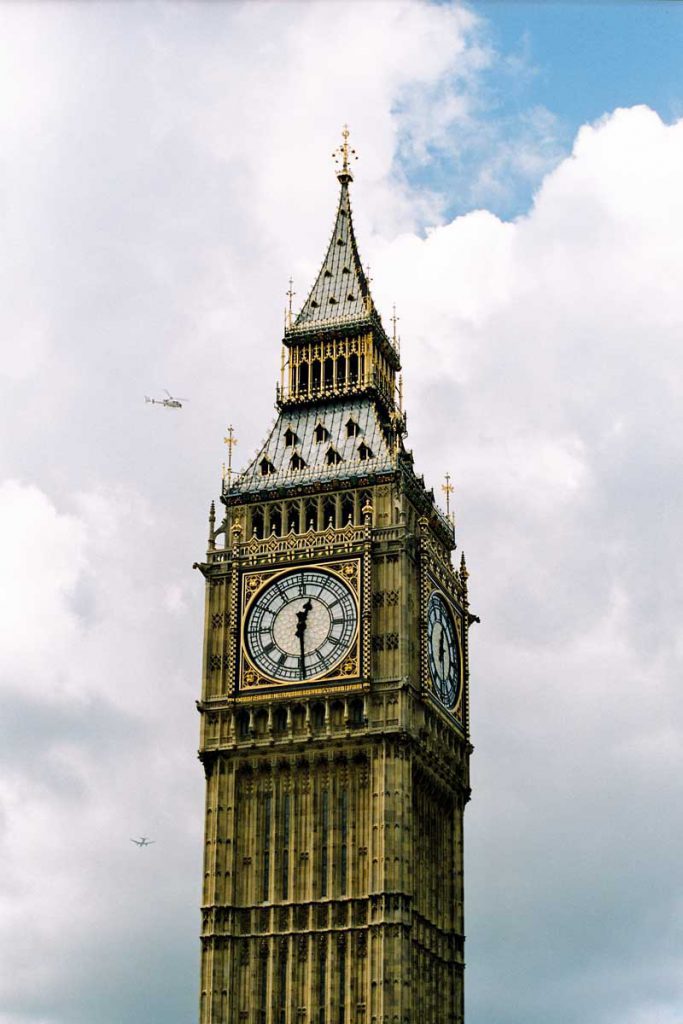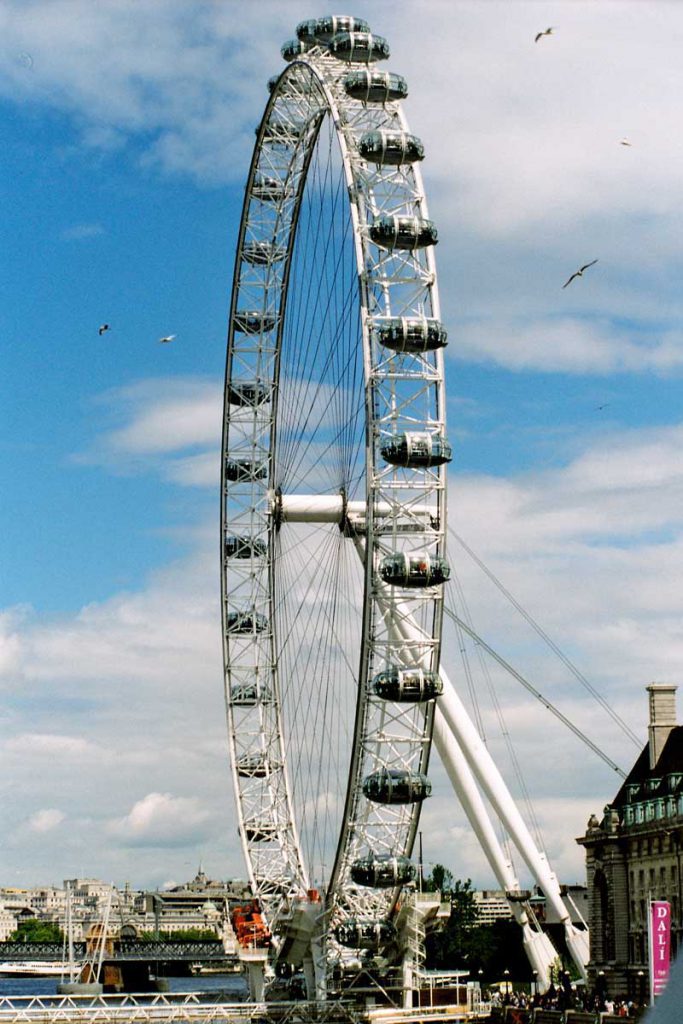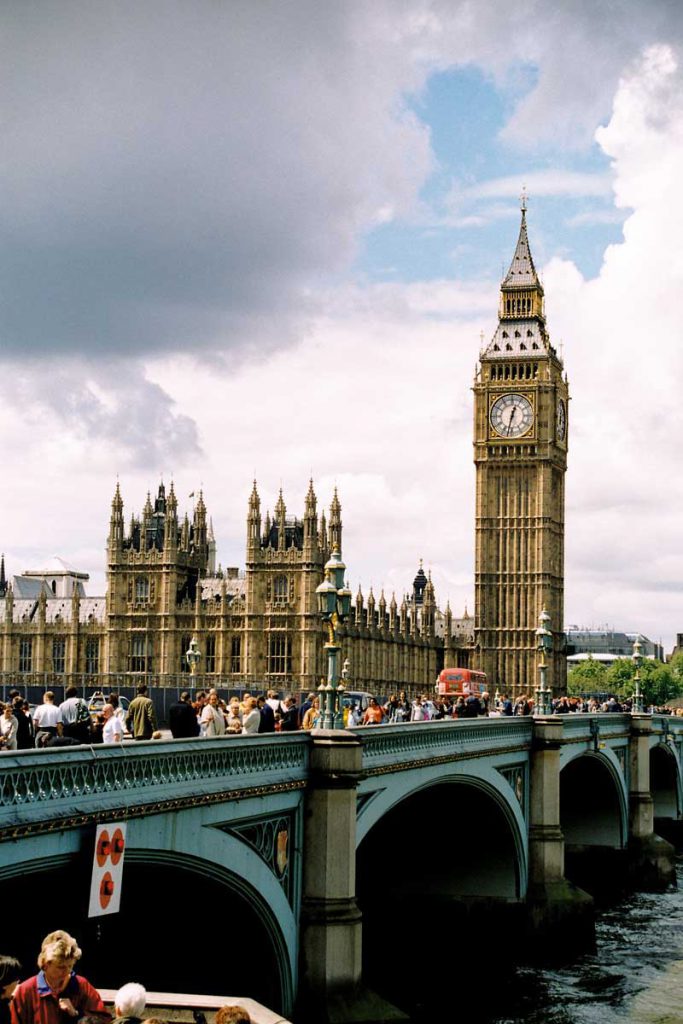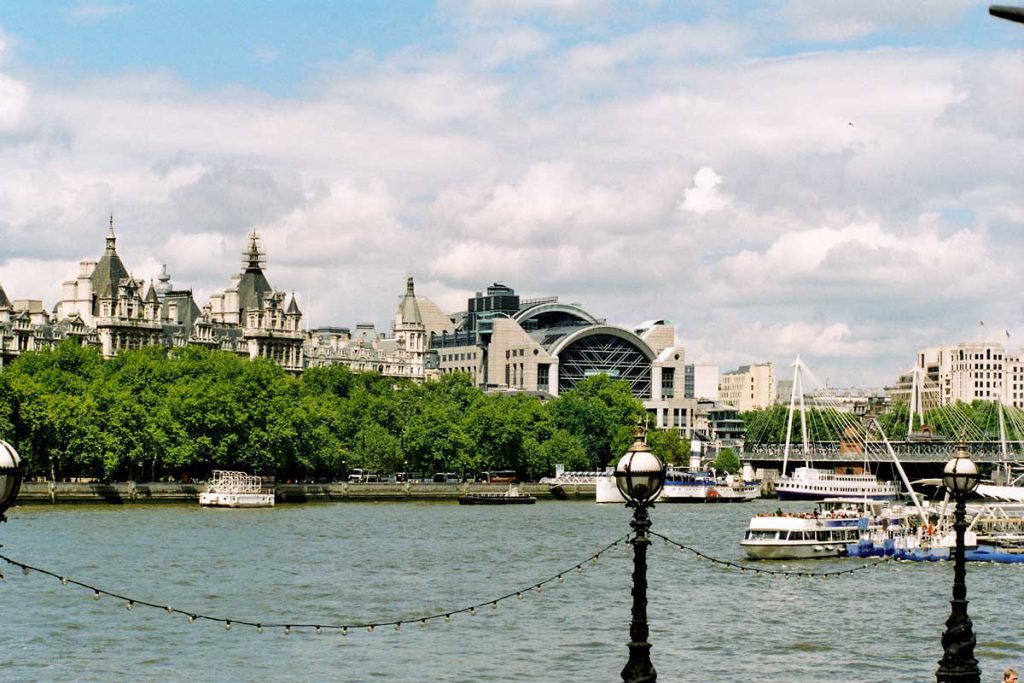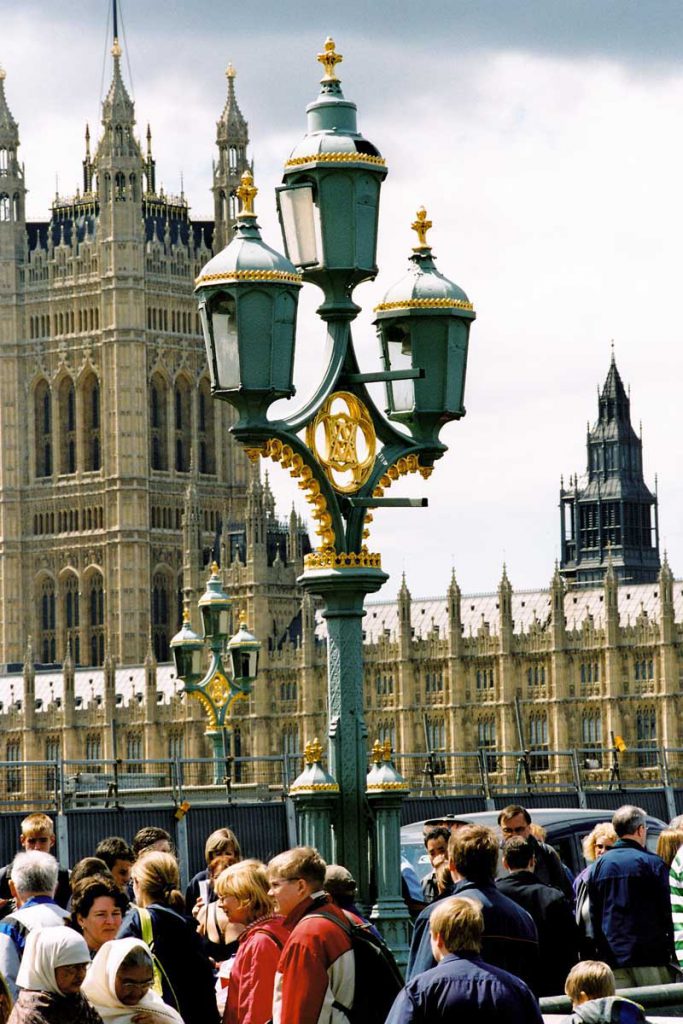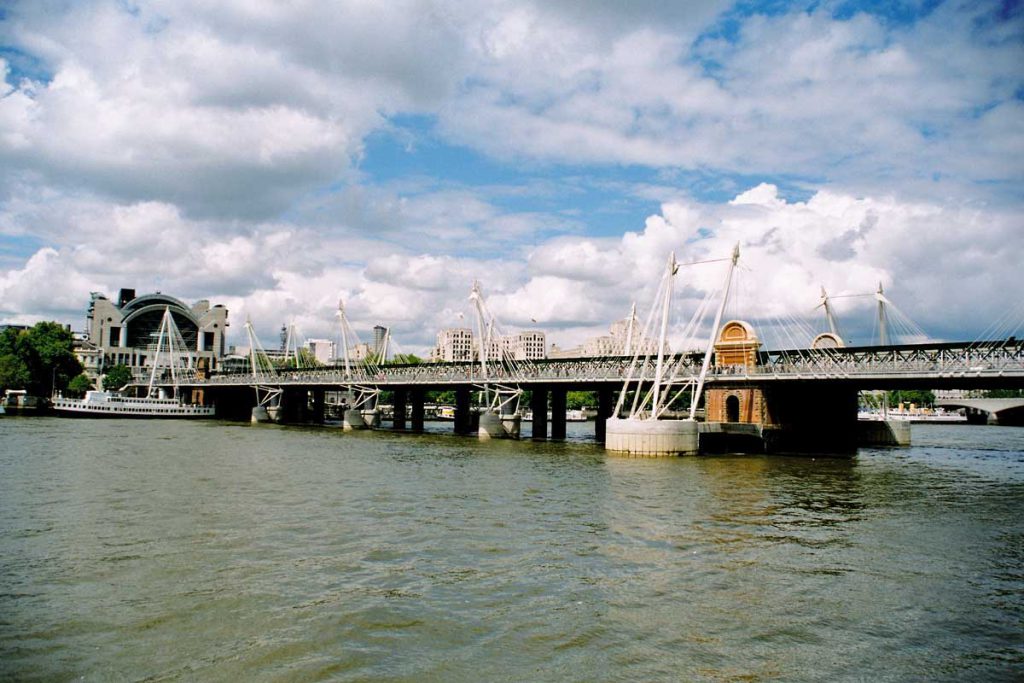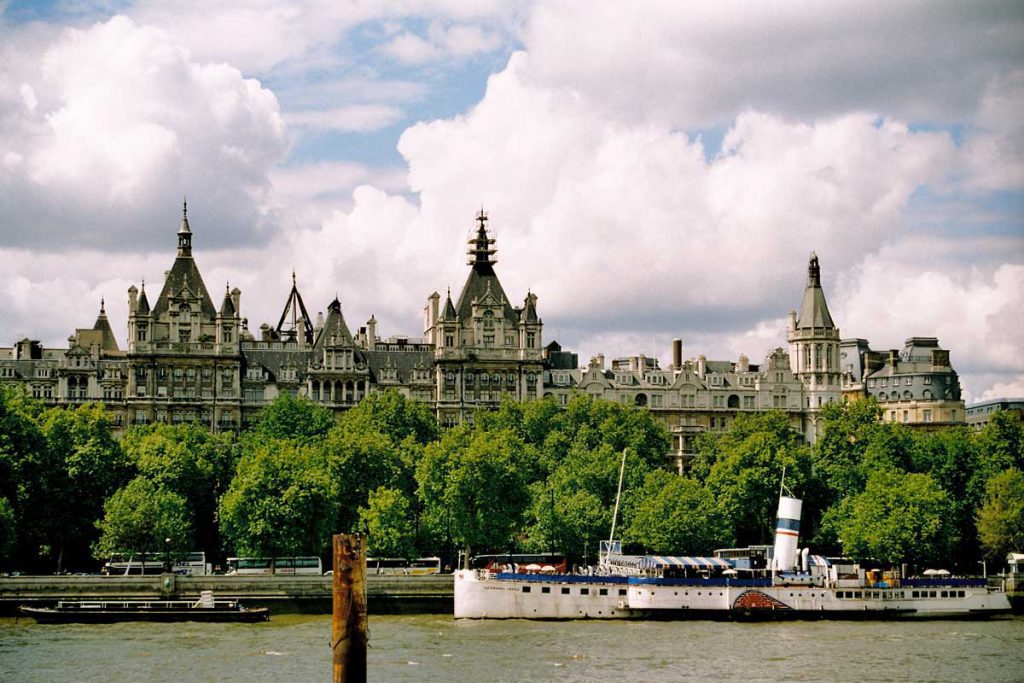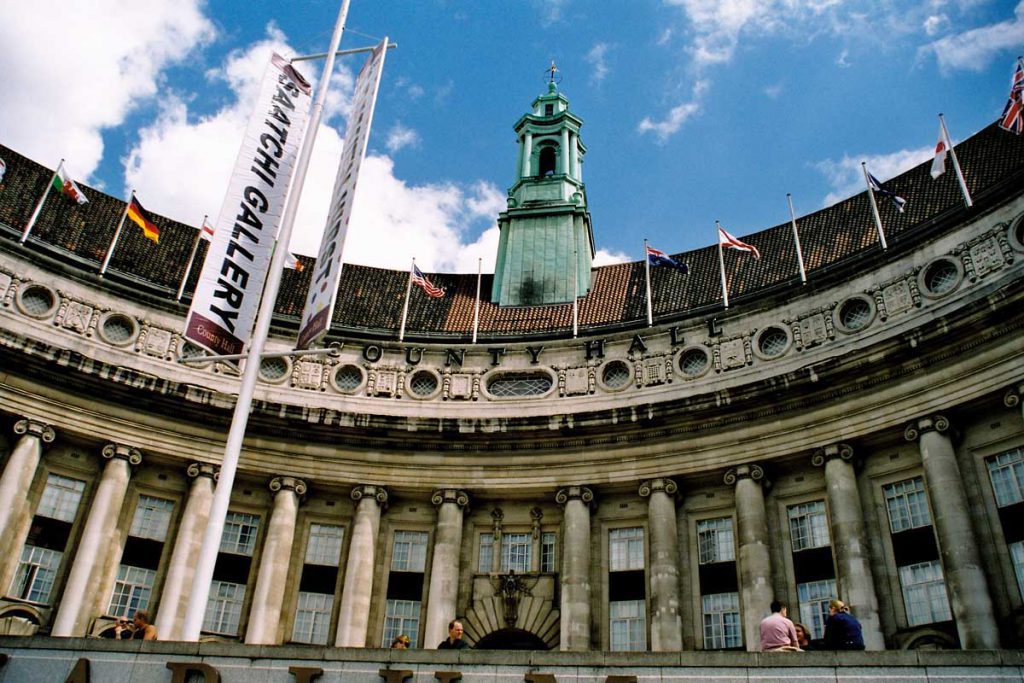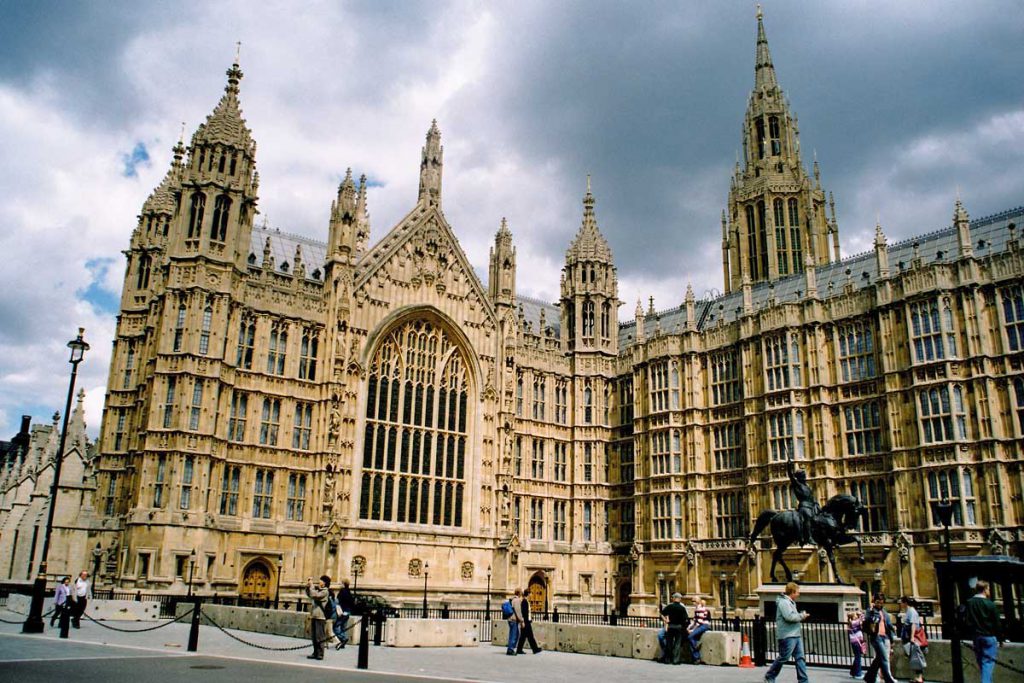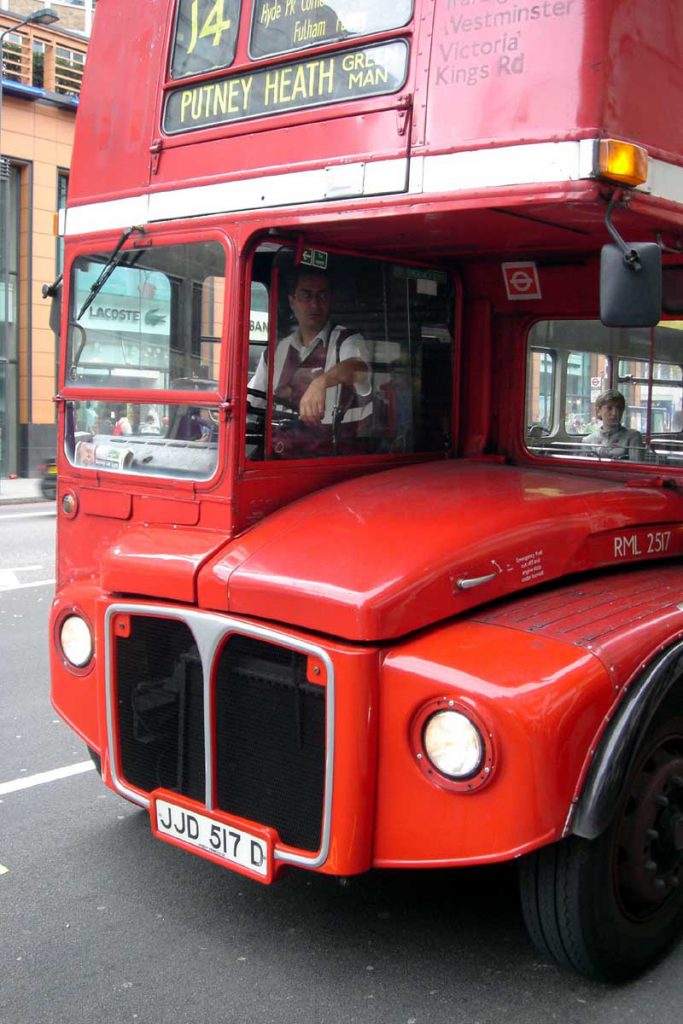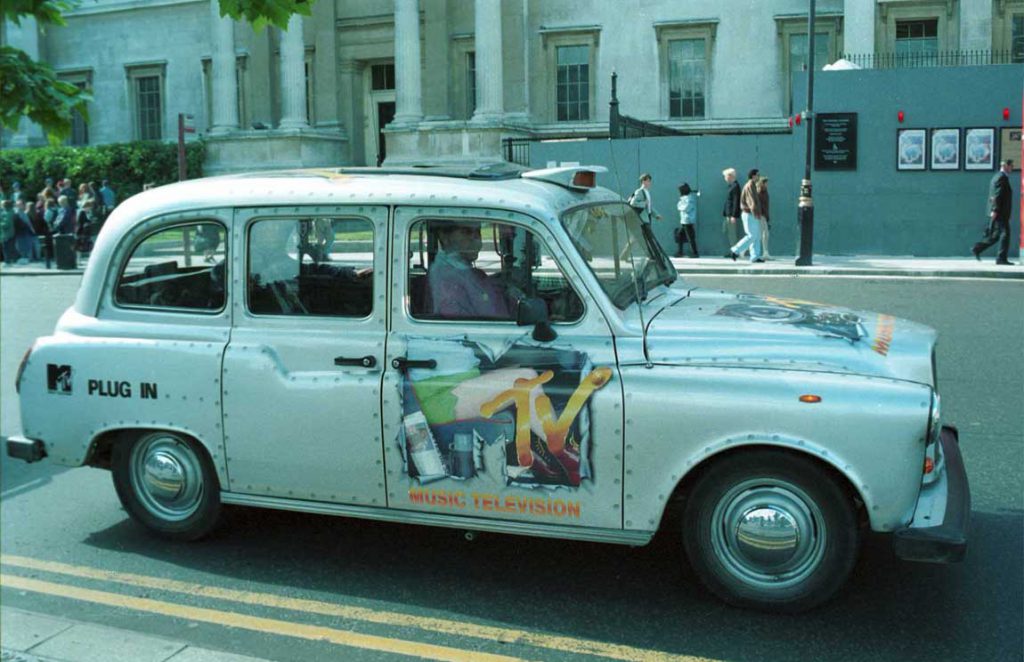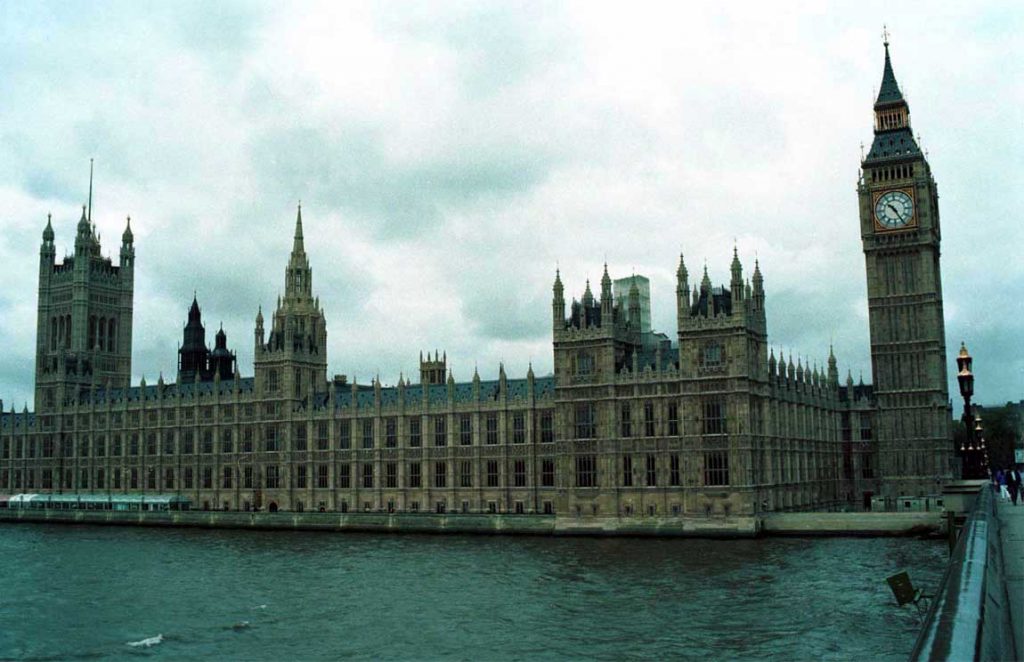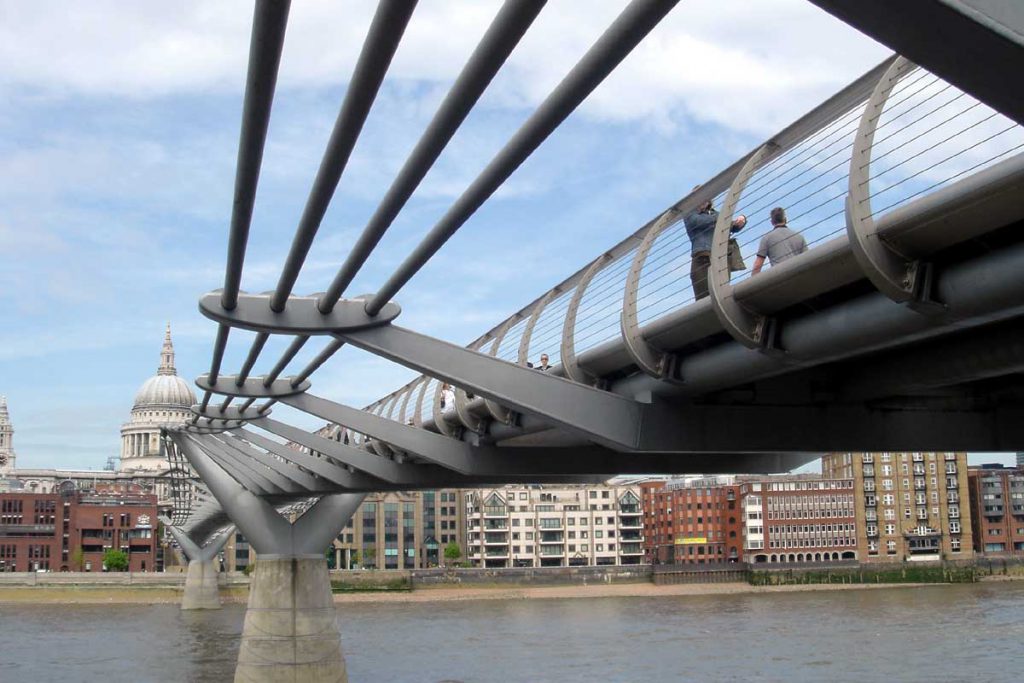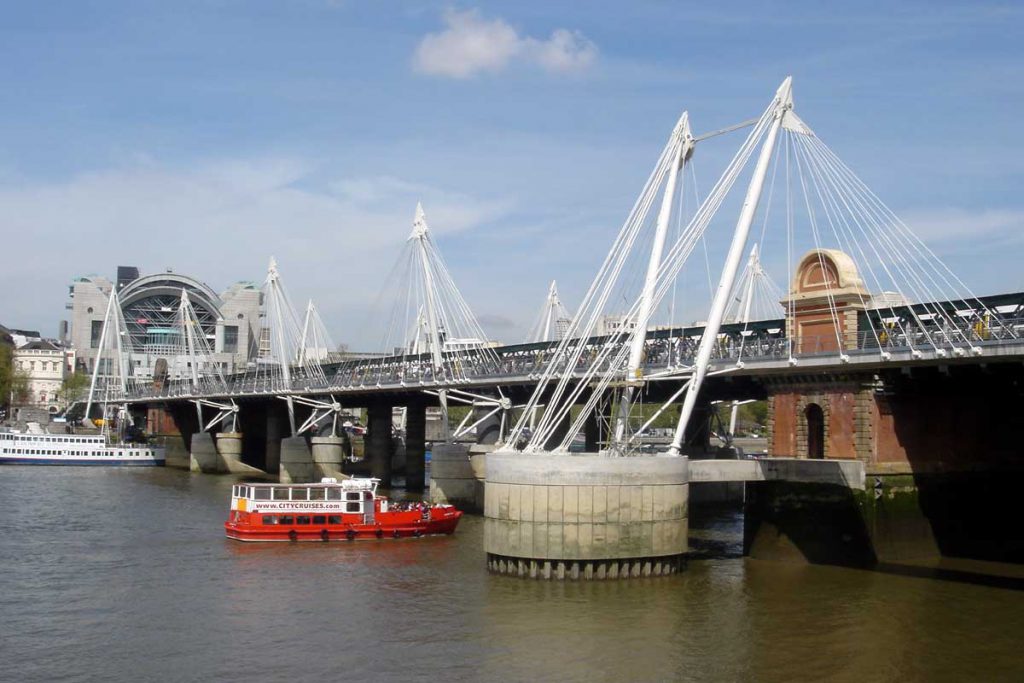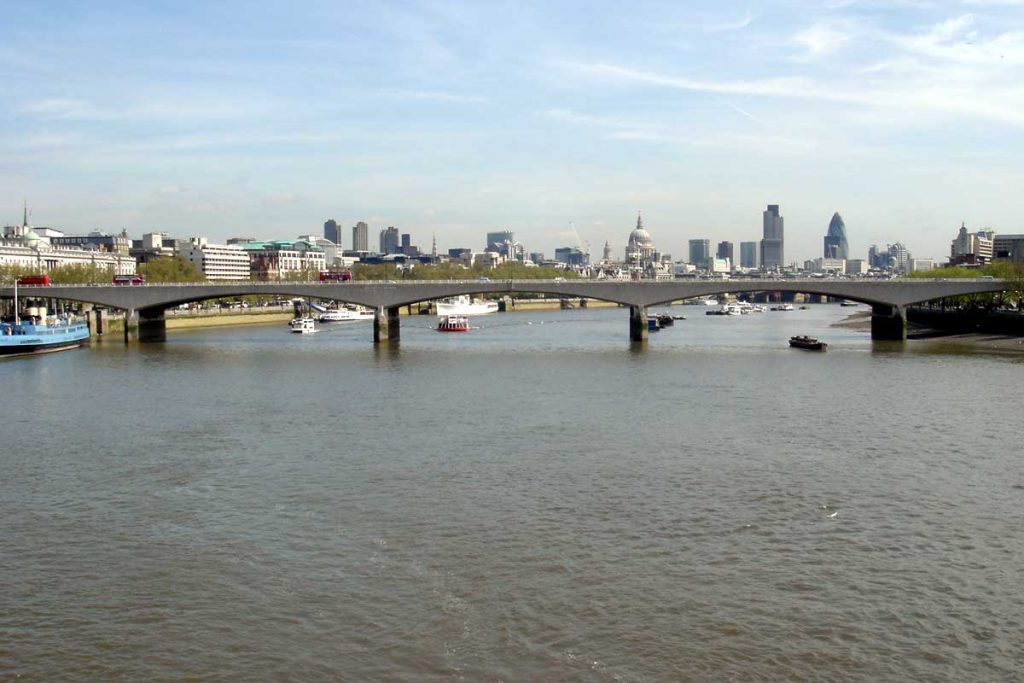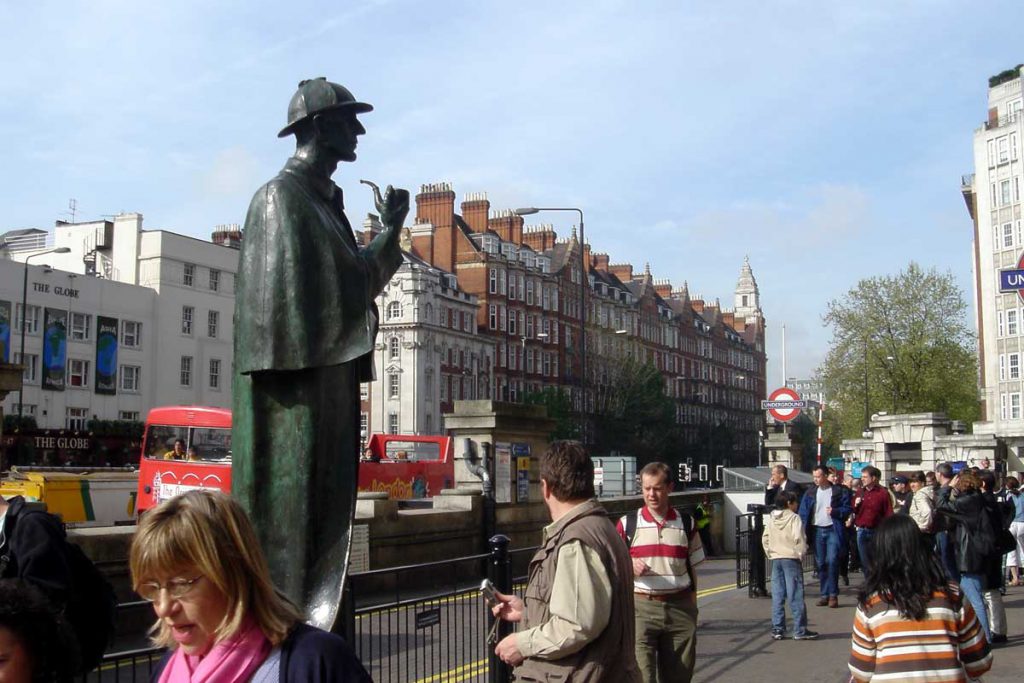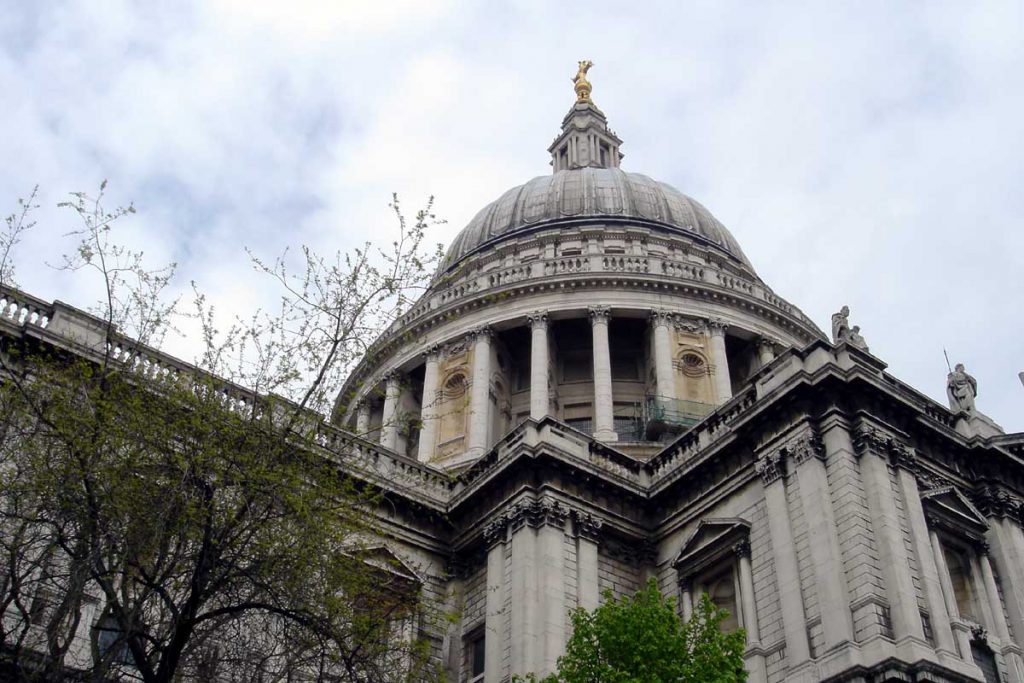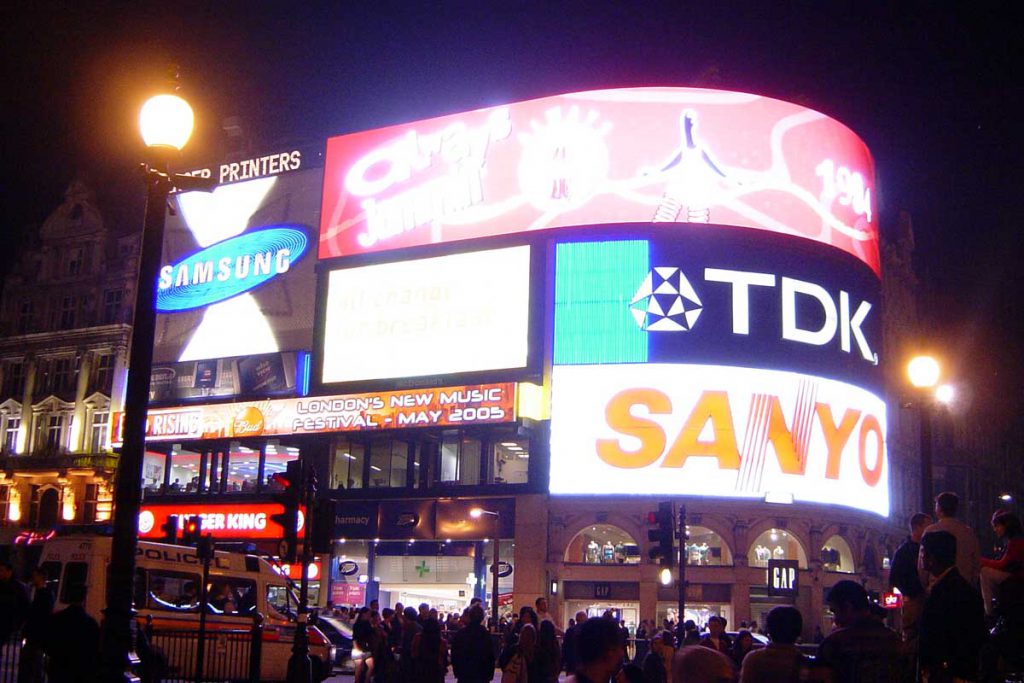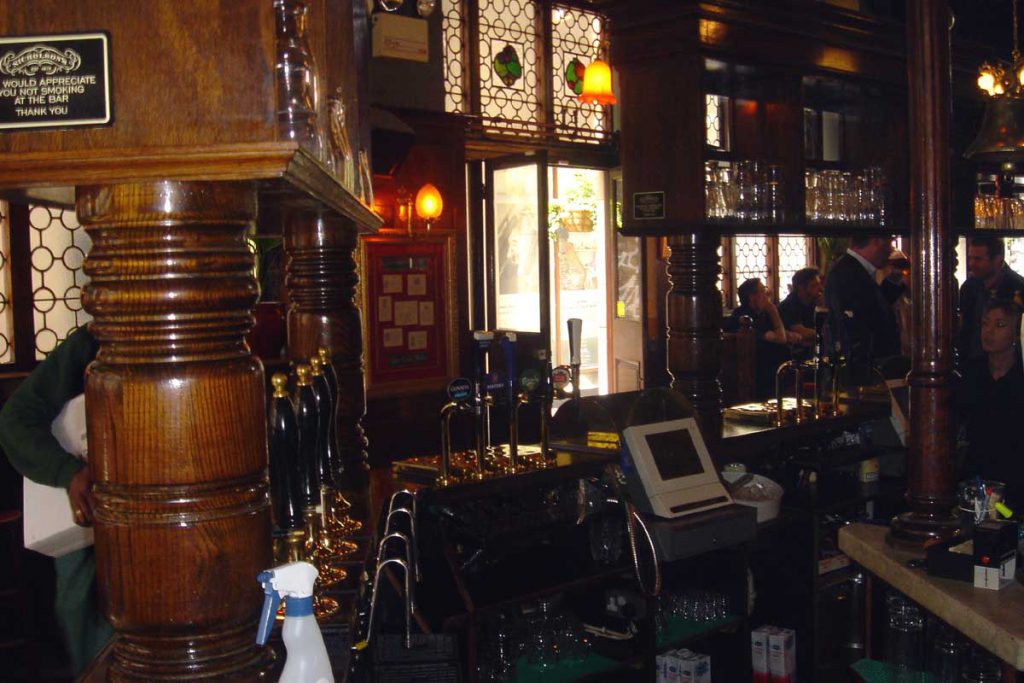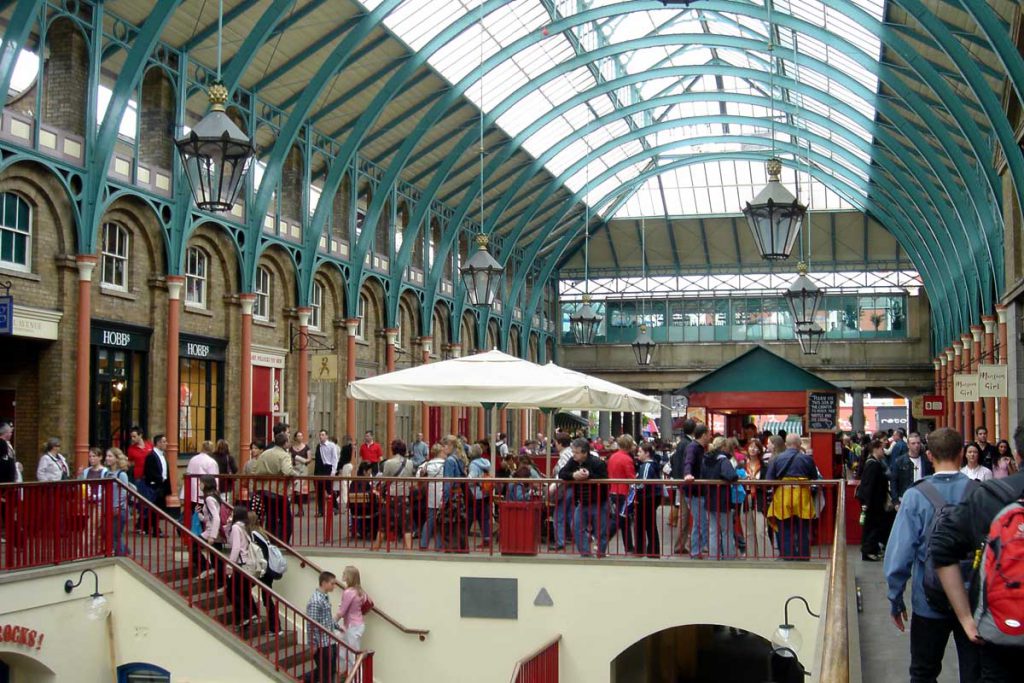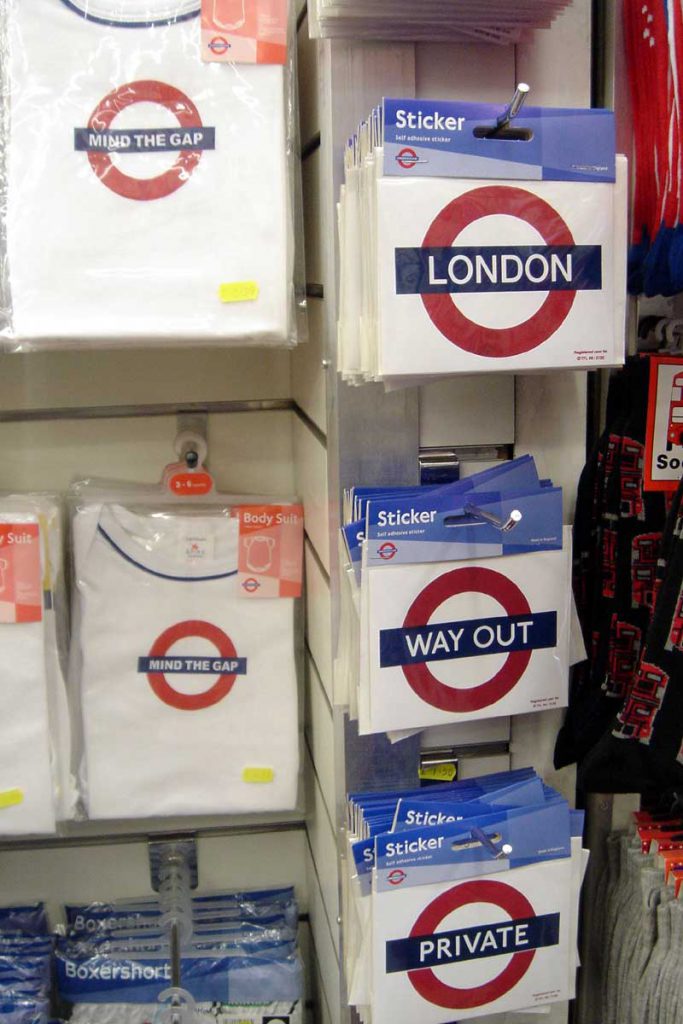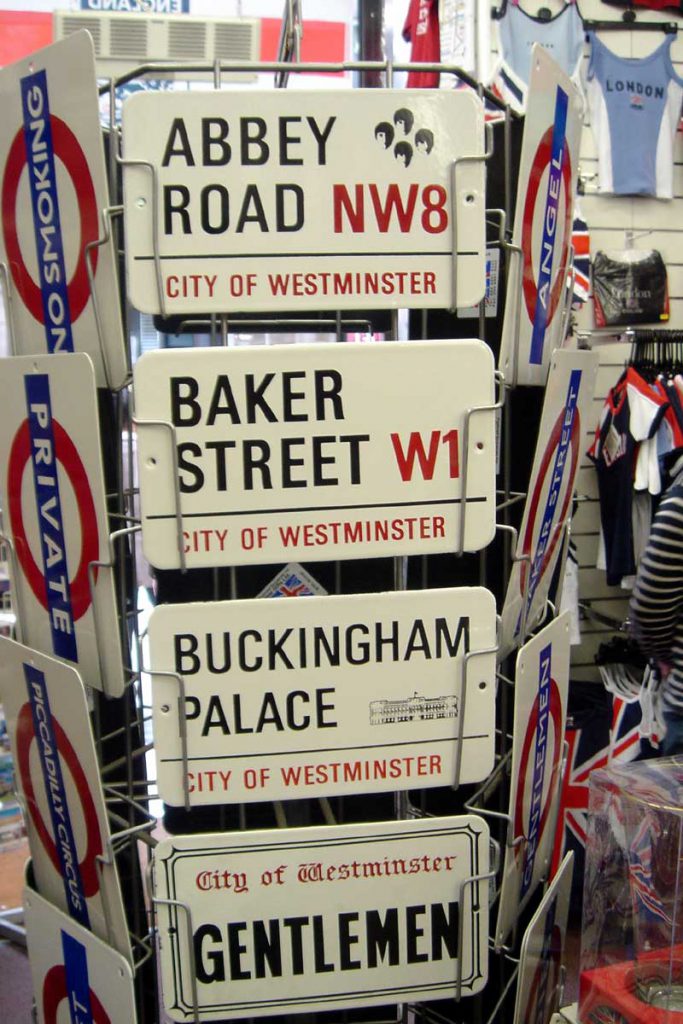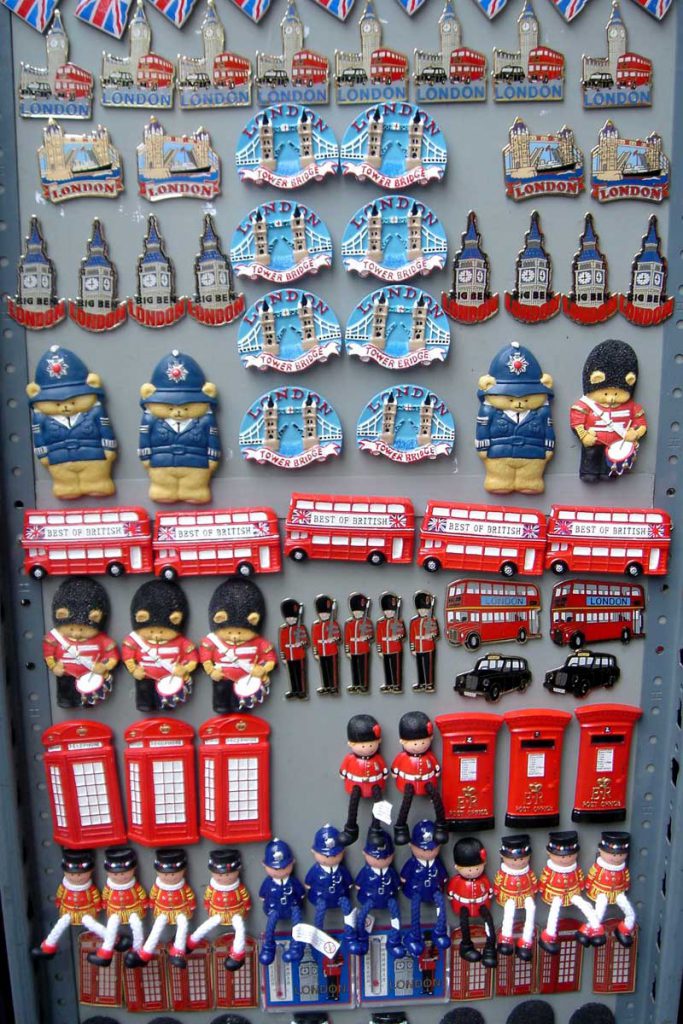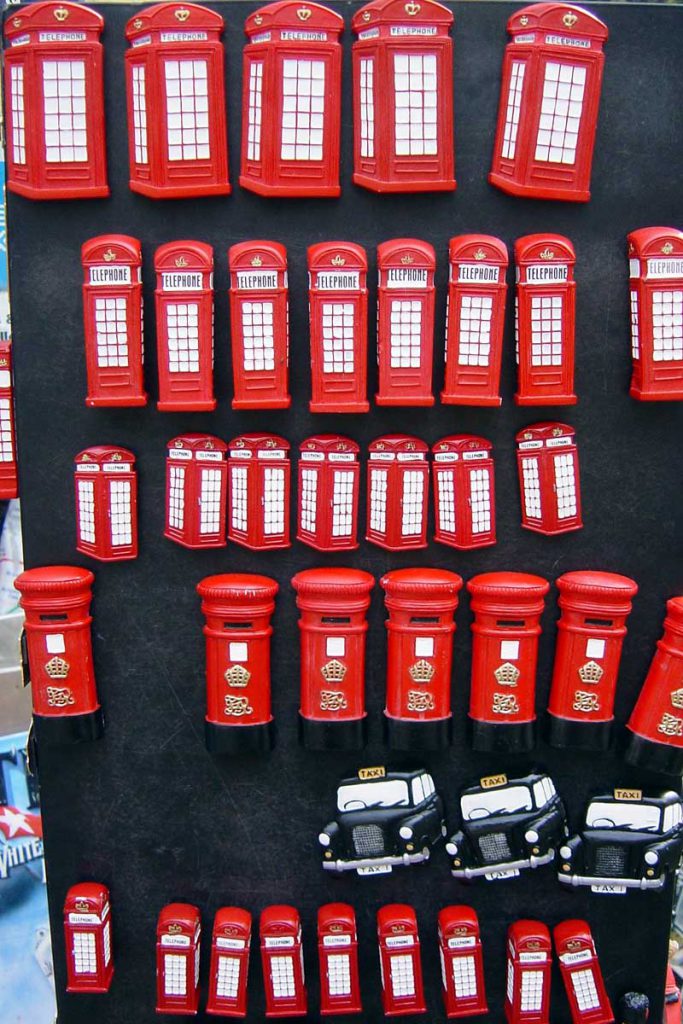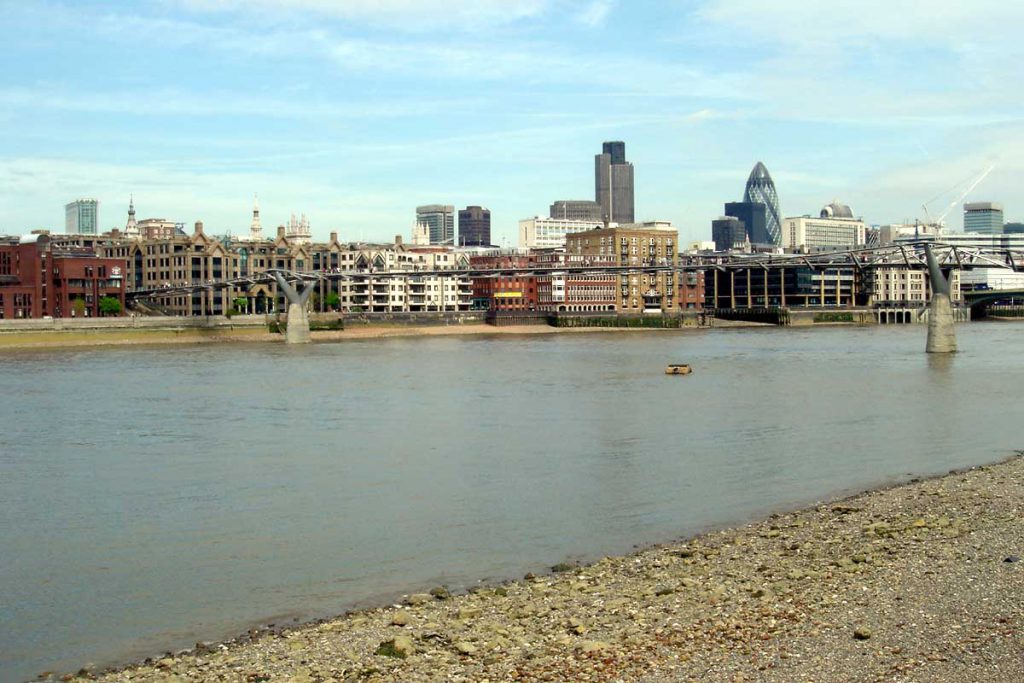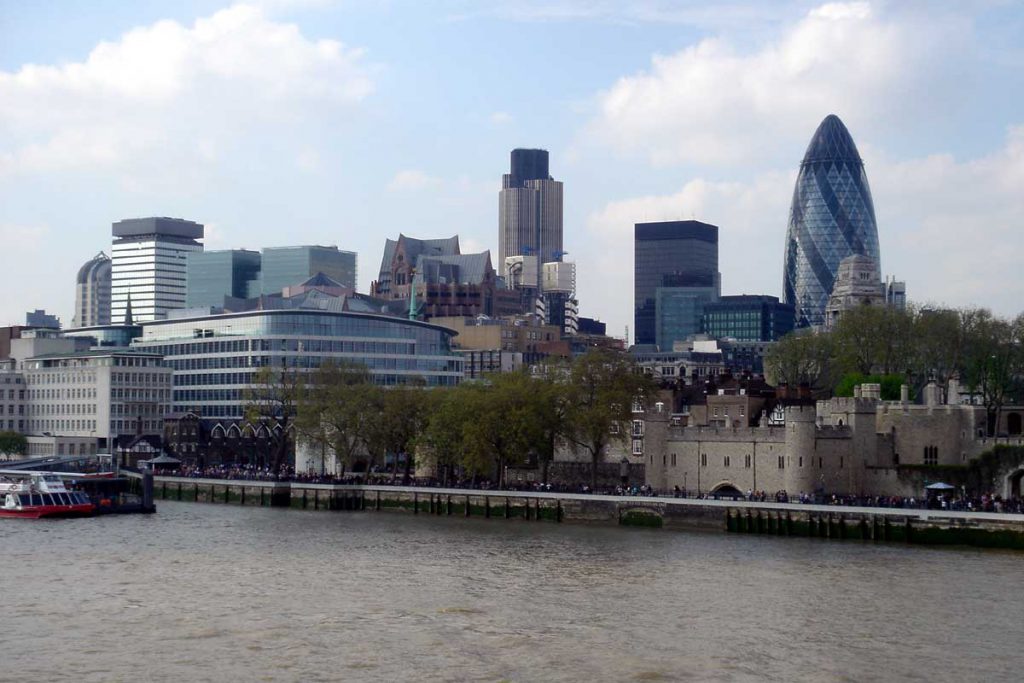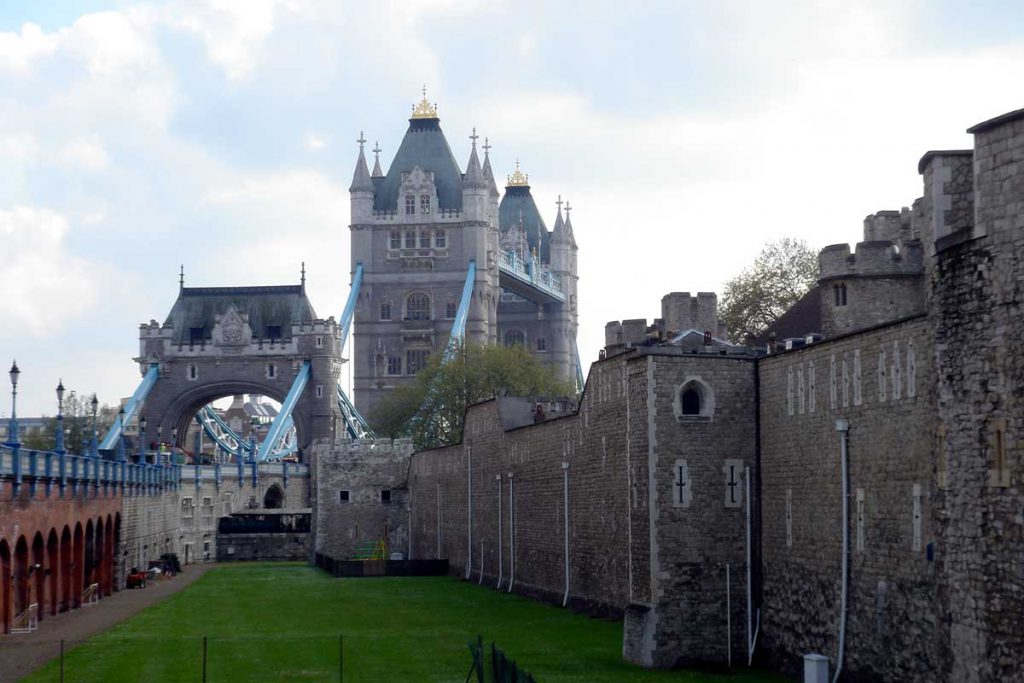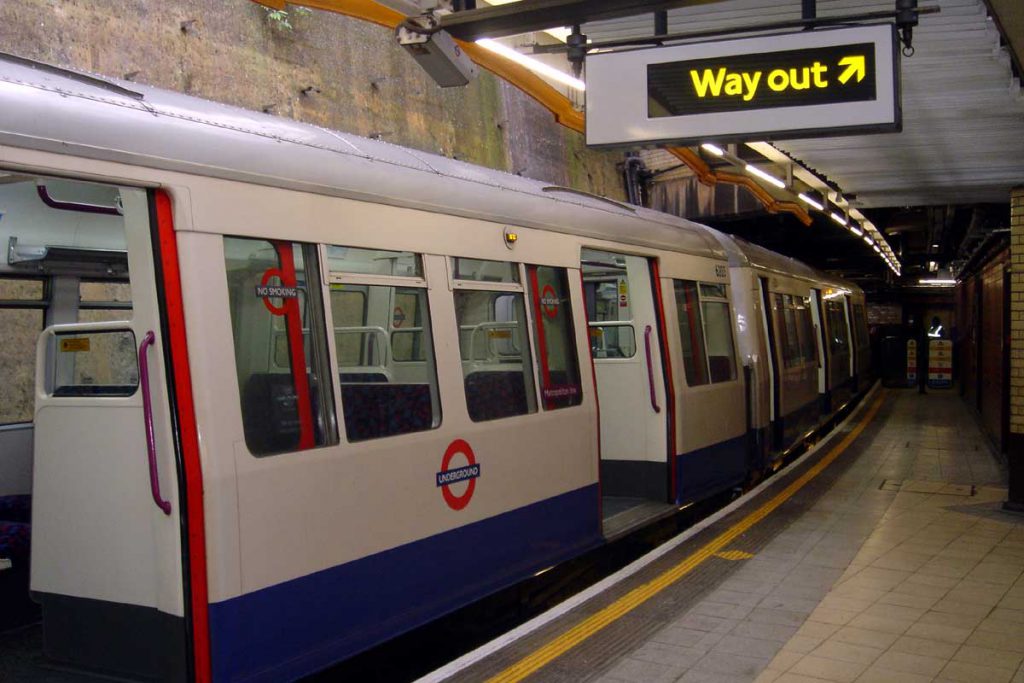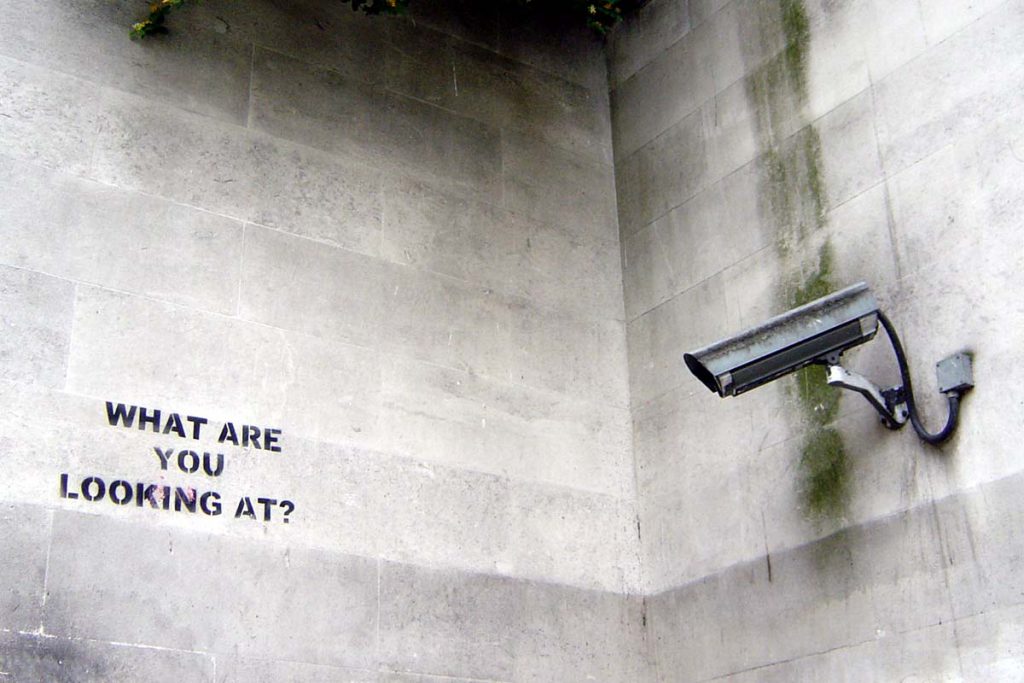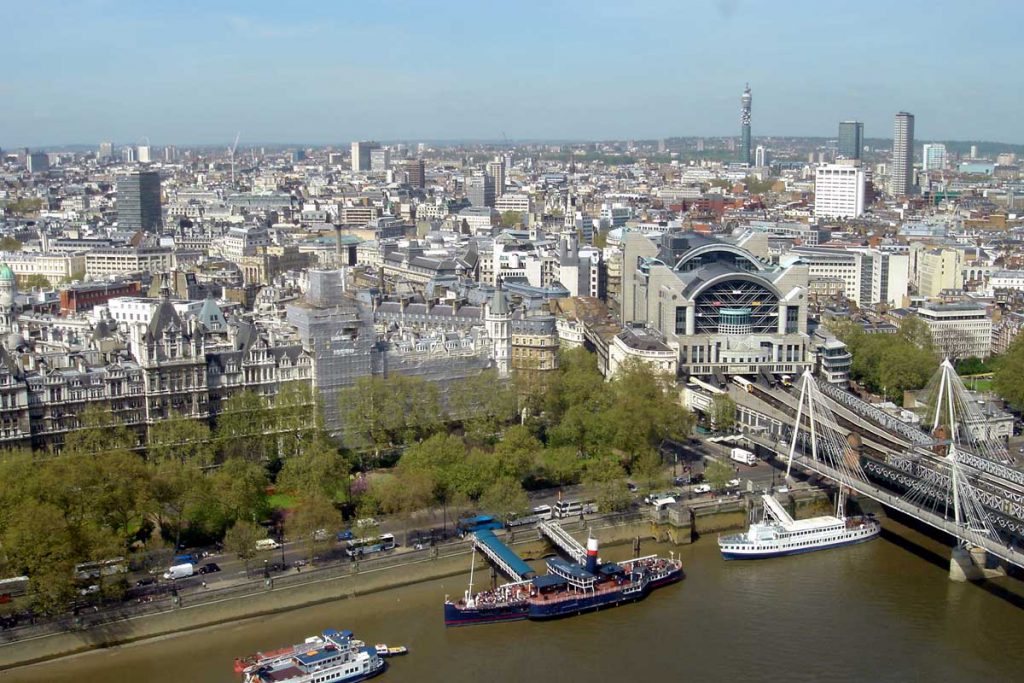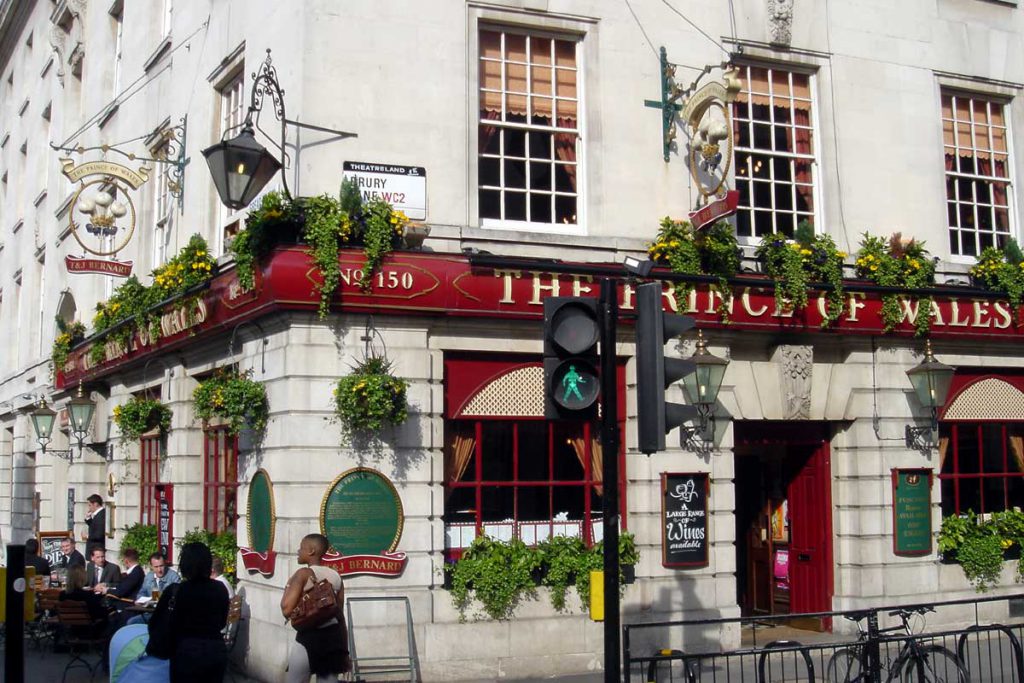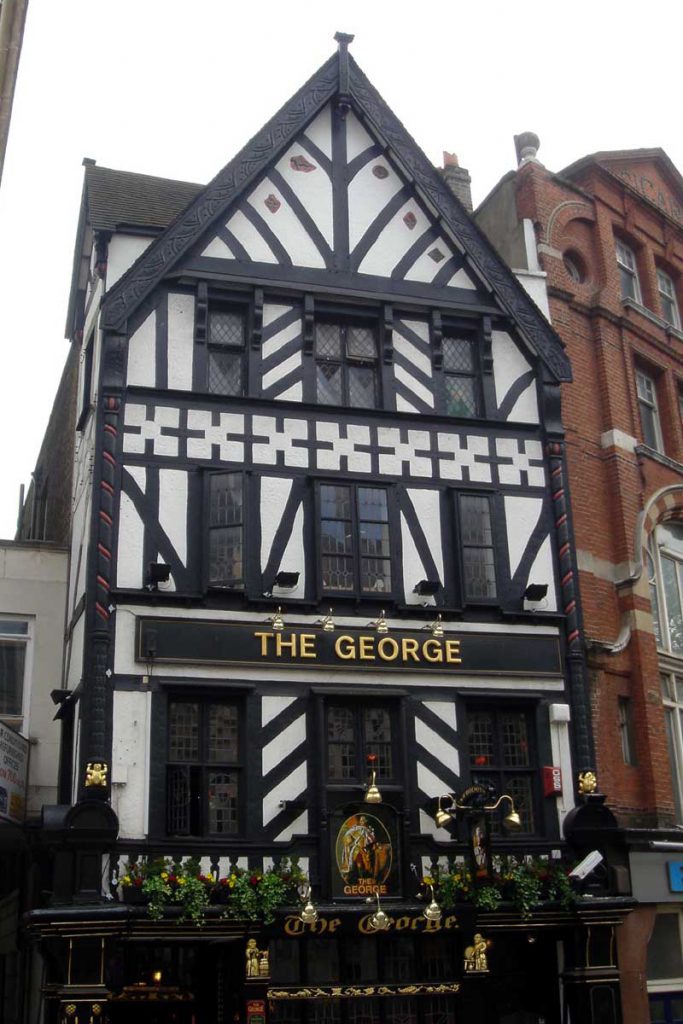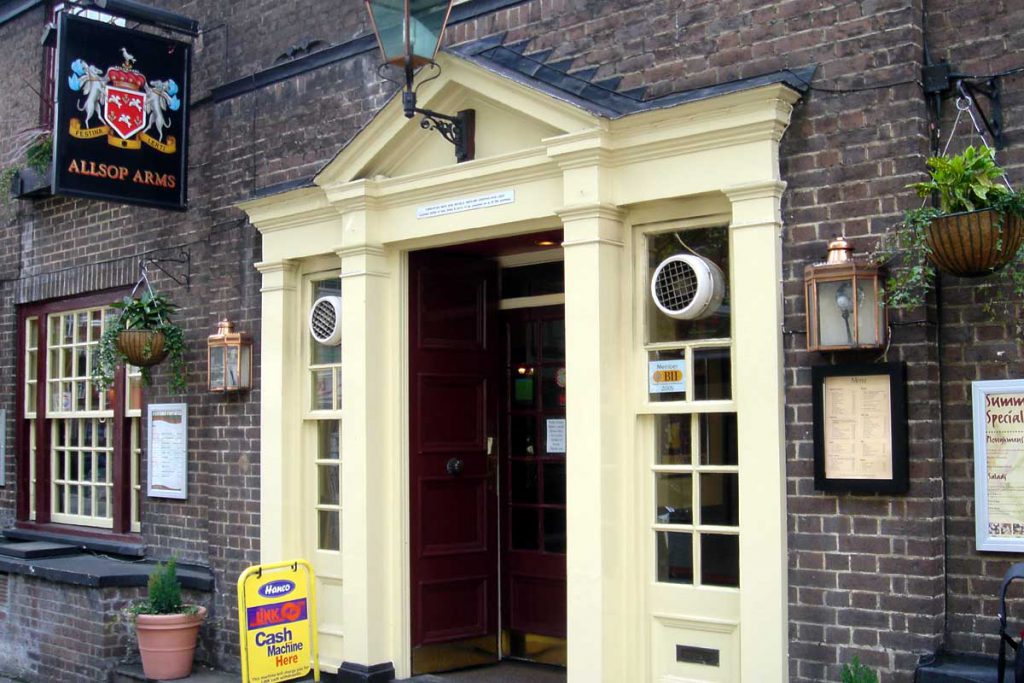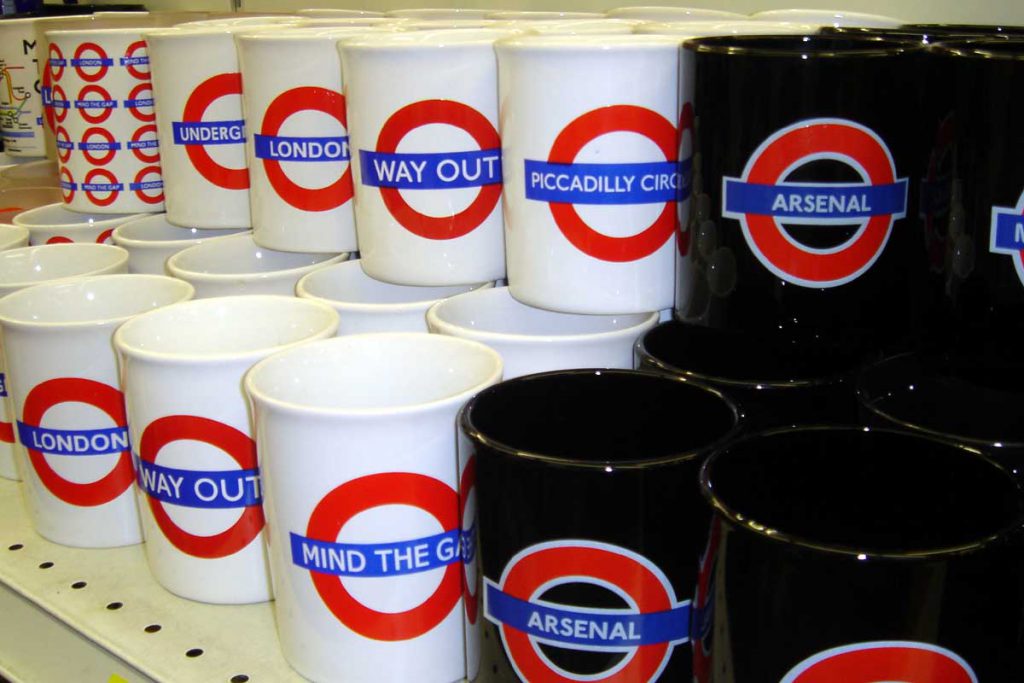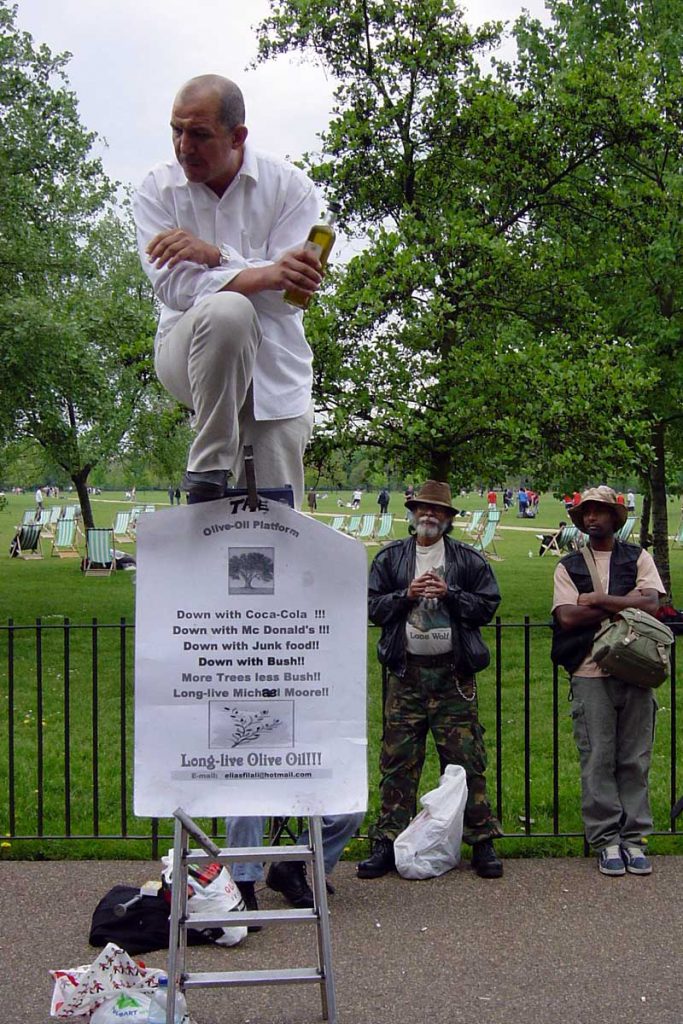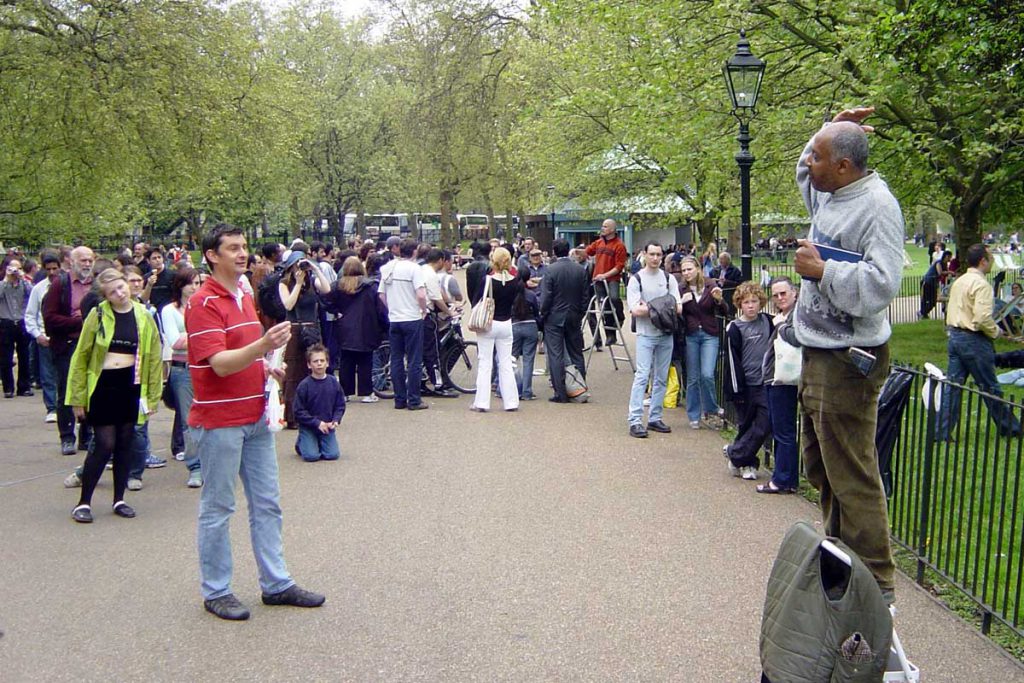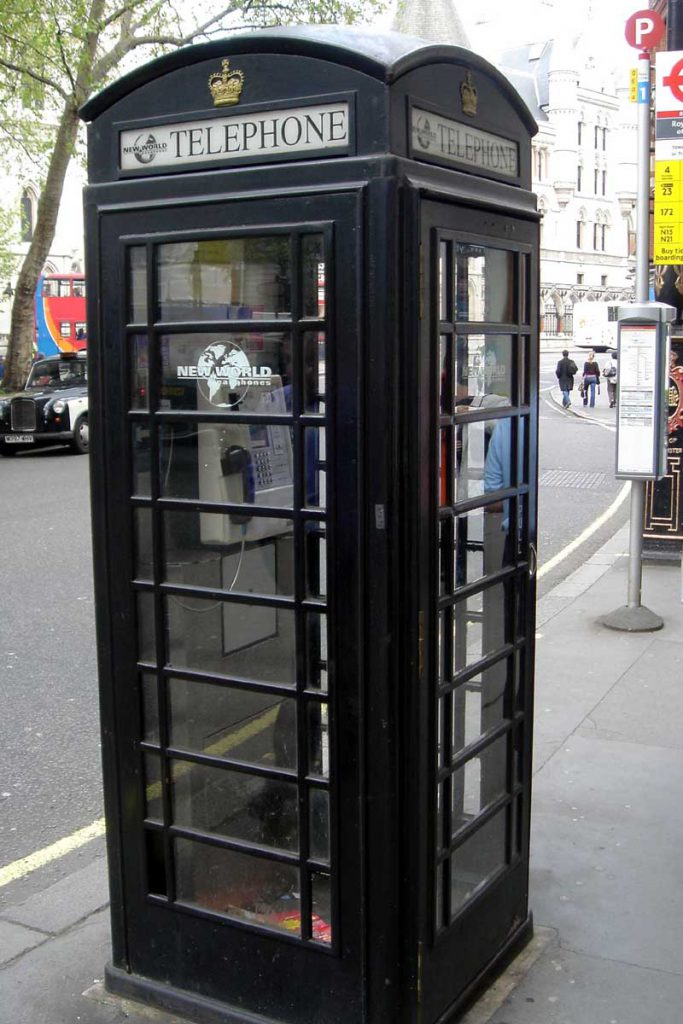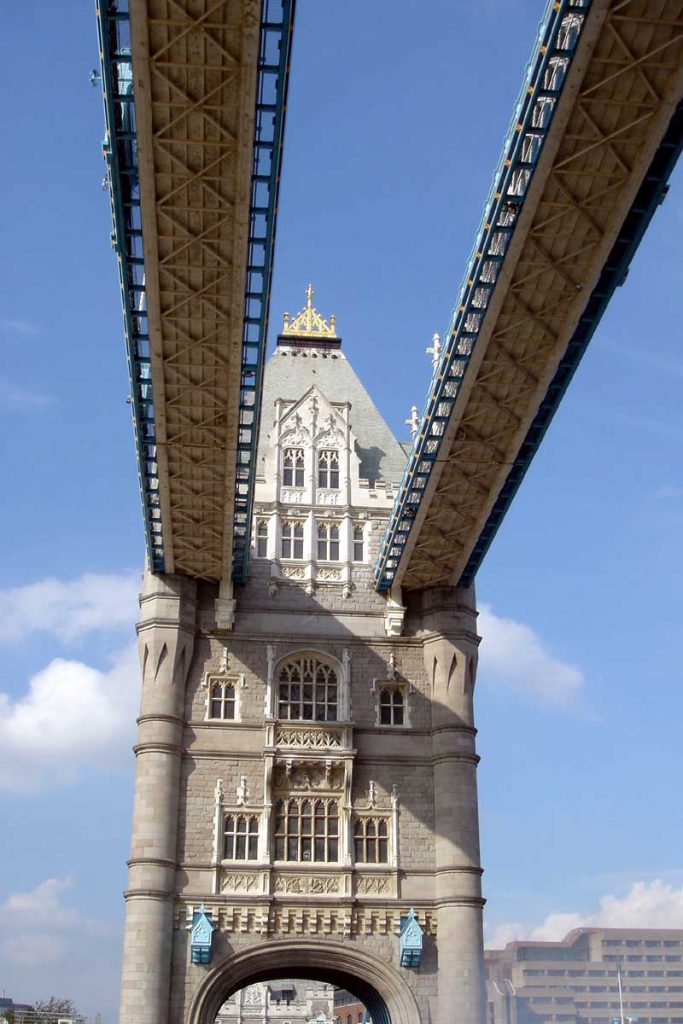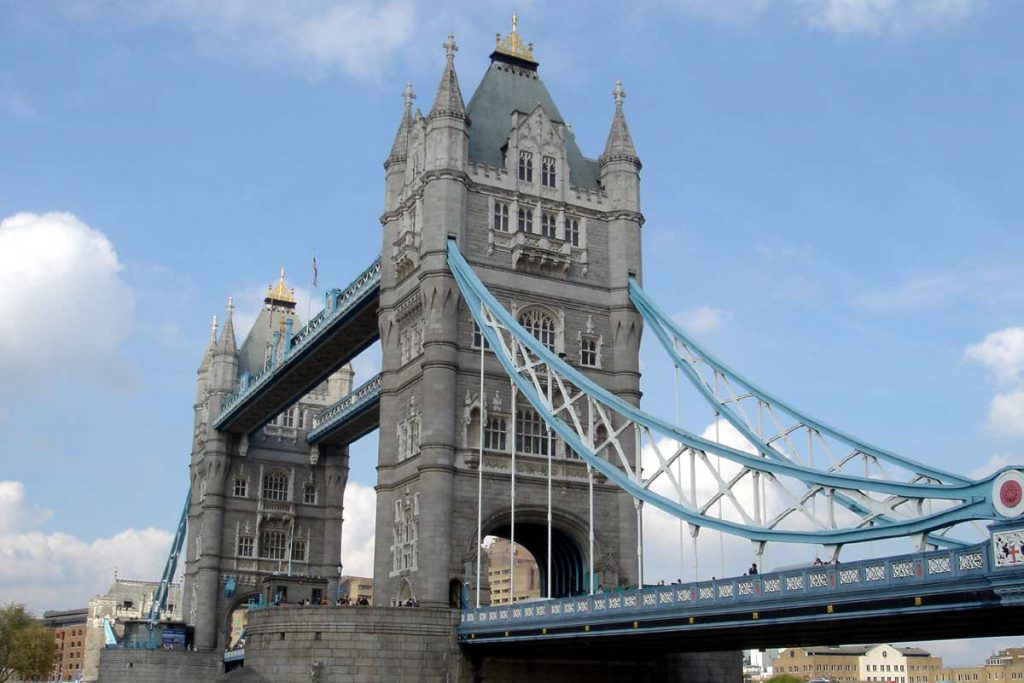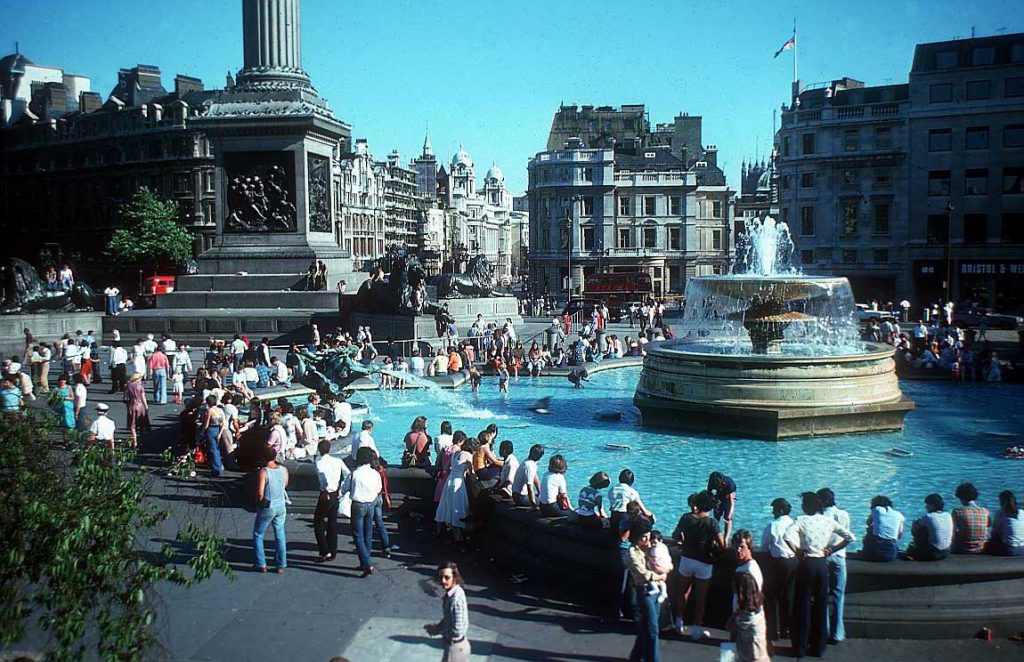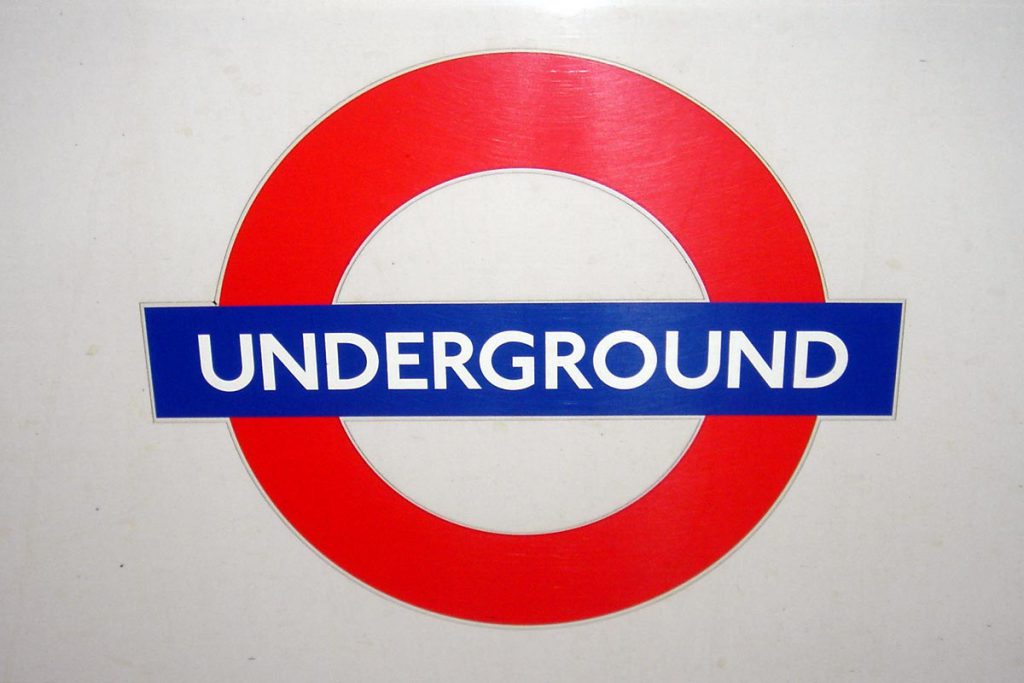London
The main geographical feature of London is the River Thames. The central area and the most important sights, theatres and restaurants are on the north bank of the river. The trendy and tourist-ridden West includes Soho, Trafalgar Square, Piccadilly Circus, Leicester Square and Regent St. The East End lies east of the Circle Line; it used to be the exclusive preserve of the Cockney but is now a cultural melting pot. Accommodation in London is expensive and in short supply in July and August.
City of London: it’s only one square mile in area and contains the Bank of England, The Stock Exchange, the share dealing and finance companies, and the international banks.
Trafalgar Square: It’s the heart of visitors’ London, beating with tour buses, cameras and flocks of persistent pigeons. On the square’s northern edge is the National Gallery.
Houses of Parliament: The building includes the House of Commons and the House of Lords. There’s restricted access to the chambers when they’re in session, but a visit around 6pm will avoid the worst of the crowds.
Buckingham Palace: The Queen opened Buckingham Palace to the public for the first time in 1993 to raise money for repairs to Windsor Castle.
Tower Bridge was completed in 1894, after 8 years of construction. It is one of the world’s most famous bridges. 150,000 vehicles cross it every day. Over 900 times a year the roadway parts and lifts to let tall ships, cruise liners and other large craft pass through.
The Globe Theatre: A faithful replica of Shakespeare’s original 1599 round theatre on the South Bank of the River Thames, which was the inspired dream of actor Sam Wanamaker – a dream which finally came true after his death, in 1997. The open-air Globe has performances from April to October of Shakespeare’s plays and plays by his less well-known contemporaries, as well as modern plays about the renaissance period. There is an excellent museum, and a combined Exhibition Tour-and-theatre ticket is available. (It is essential to book in July and August, and advisable most of the season.)
On the same site as the Globe is the new Sam Wanamaker Playhouse, a replica of Shakespeare’s indoor candle-lit theatre at Blackfriars.
Covent Garden, the former fruit and vegetable wholesale market for all of London has been transformed into an exciting shopping and leisure area with something for everyone. The various Victorian-era market halls now sell antiques and crafts, and bars, clubs, restaurants and cafes abound. Opera and ballet audiences rub shoulders with street performers, and family events are frequent. If you are coming to London by Eurostar train, you will arrive at St Pancras Station, but if you are not, this newly refurbished terminus is still well worth a visit. The architecturally important building was saved from destruction at the last minute in the 1960s and it has now been redeveloped into what some consider the world’s most wonderful railway station.
Where to stay
The Premier Inn at Tower Bridge is a popular place to stay with visitors from other parts of England and overseas tourists alike, being convenient for sightseeing in London. Although not the cheapest, the Premier Inn chain offers reliable quality stays, and since they have over 20 hotels in Central London, you should be able to find one in your chosen area.
A cheaper alternative but still of acceptable quality is the Travelodge hotel group. They have over 50 hotels in Central London, including one at Tower Bridge and one at Covent Garden. Both hotel chains have hotels at St Pancras and many other London mainline stations.
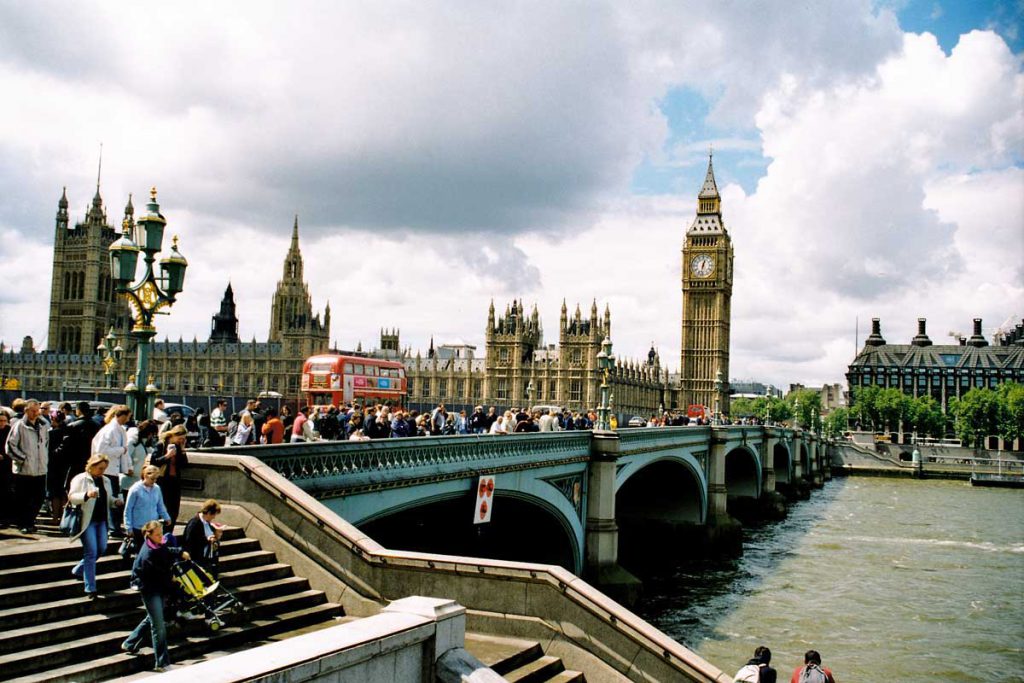
Buckingham Palace: The Heart of British Royalty
Buckingham Palace stands as an iconic symbol of British monarchy and history, its grandeur echoing the traditions and pageantry that define the United Kingdom. With its imposing façade and regal interiors, the palace has served as the official residence of the British sovereigns for centuries, captivating visitors from around the globe with its rich heritage and timeless elegance.
Historical Origins
The history of Buckingham Palace dates back to the early 18th century when the site was originally known as Buckingham House, a modest townhouse built for the Duke of Buckingham in 1703. Over the years, it underwent several transformations and expansions, eventually becoming a royal residence when King George III acquired it in 1761 as a private residence for Queen Charlotte.
However, it was not until the reign of Queen Victoria in the 19th century that Buckingham Palace truly began to take shape as the iconic structure we recognize today. Under the guidance of renowned architect John Nash, extensive renovations were undertaken to create a grand palace befitting the stature of the monarchy.
Architecture and Design
The architecture of Buckingham Palace is a stunning blend of neoclassical and Baroque styles, characterized by its imposing façade, grand colonnades, and intricate detailing. The palace boasts over 775 rooms, including 19 state rooms, 52 royal and guest bedrooms, 188 staff bedrooms, and 92 offices. The centerpiece of the palace is the magnificent Grand Entrance, adorned with marble columns and a soaring ceiling, setting the tone for the splendor within.
Among the most notable rooms are the State Dining Room, where state banquets and official receptions are held, and the White Drawing Room, renowned for its opulent décor and priceless works of art. The Throne Room, with its crimson velvet drapes and gilded thrones, serves as the backdrop for important ceremonial occasions, including royal weddings and investitures.
Royal Residence and Symbol of Tradition
Buckingham Palace is not merely a residence; it is a living symbol of British royalty and tradition. It serves as the focal point for the monarchy, hosting a myriad of official events, ceremonies, and state functions throughout the year. From Trooping the Colour, the annual celebration of the Queen’s official birthday, to the Changing of the Guard, a centuries-old tradition that takes place daily during the summer months, the palace resonates with the pomp and pageantry of the monarchy.
In addition to its ceremonial duties, Buckingham Palace also serves as the official workplace of the monarch, where she conducts meetings, receptions, and investitures. The palace is equipped with modern amenities and facilities to support the sovereign in her role as head of state, while preserving the historic integrity of the building.
Tourism and Cultural Heritage
As one of the most iconic landmarks in the world, Buckingham Palace attracts millions of visitors each year who come to marvel at its splendor and immerse themselves in British history and culture. While the palace is primarily a working residence, it is open to the public for guided tours during the summer months, offering visitors a rare glimpse into the private world of the monarchy.
Tourists flock to witness the Changing of the Guard ceremony, a centuries-old tradition that takes place in the forecourt of the palace, accompanied by the stirring sounds of military bands and precision drills. The State Rooms, adorned with priceless works of art and exquisite furnishings, provide a glimpse into the lavish lifestyle of the royal family, while the Royal Mews showcases a magnificent collection of carriages and coaches used for ceremonial occasions.
Legacy and Continuity
Buckingham Palace stands as a testament to the enduring legacy of the British monarchy, a symbol of continuity and tradition in an ever-changing world. From its humble beginnings as a townhouse to its current status as the official residence of the sovereign, the palace has witnessed centuries of history unfold within its walls, shaping the destiny of a nation.
As the monarchy continues to evolve and adapt to the demands of the modern era, Buckingham Palace remains a steadfast symbol of stability and continuity, preserving the heritage and values that define the British identity. It is a living monument to the enduring spirit of monarchy, a beacon of hope and inspiration for future generations to come.
In conclusion, Buckingham Palace stands as a shining jewel in the crown of British royalty, a symbol of history, tradition, and national pride. From its magnificent architecture to its storied past, the palace continues to captivate the imagination of people around the world, serving as a timeless reminder of the enduring legacy of the monarchy.
